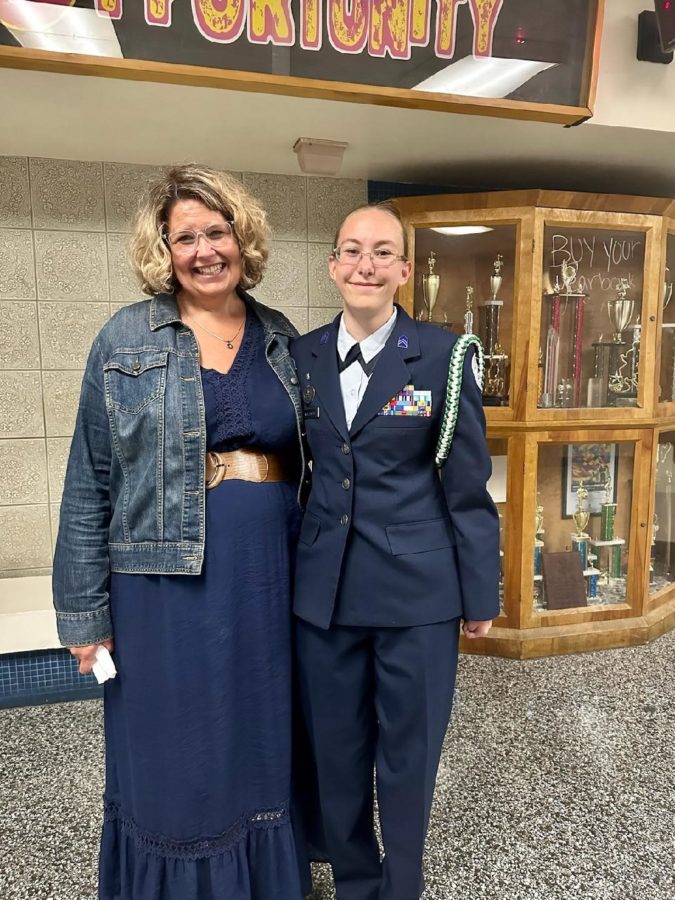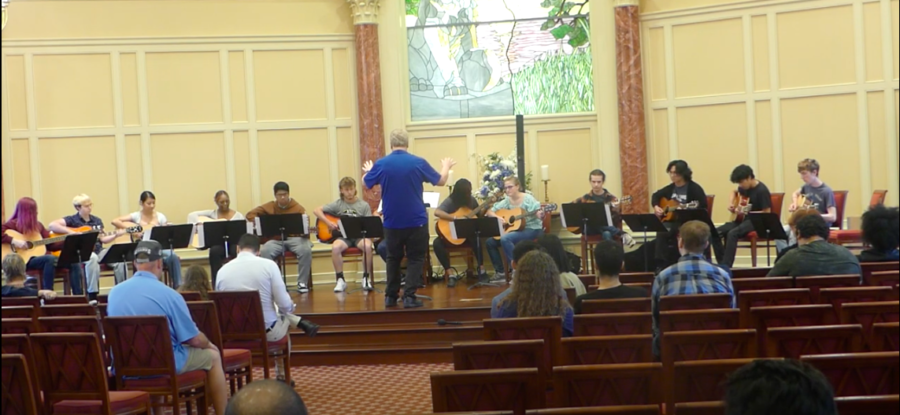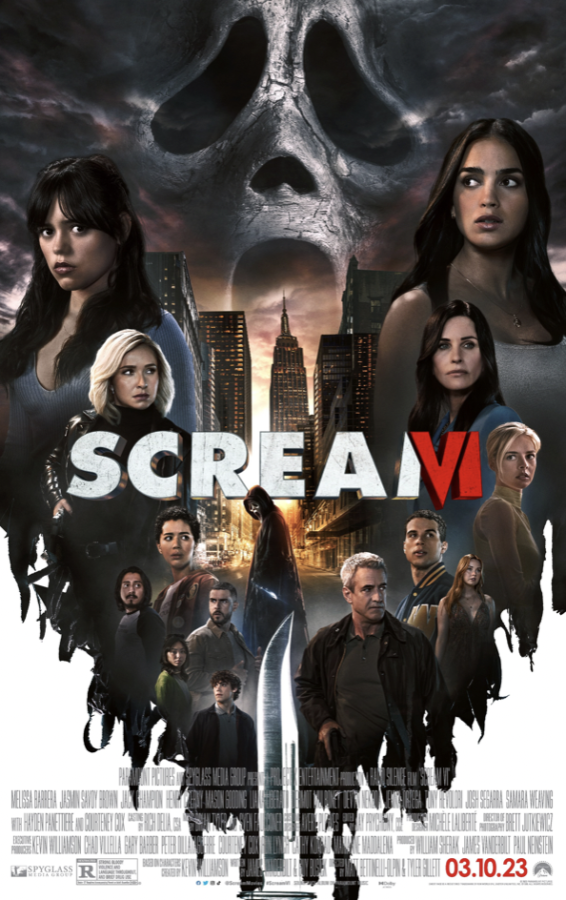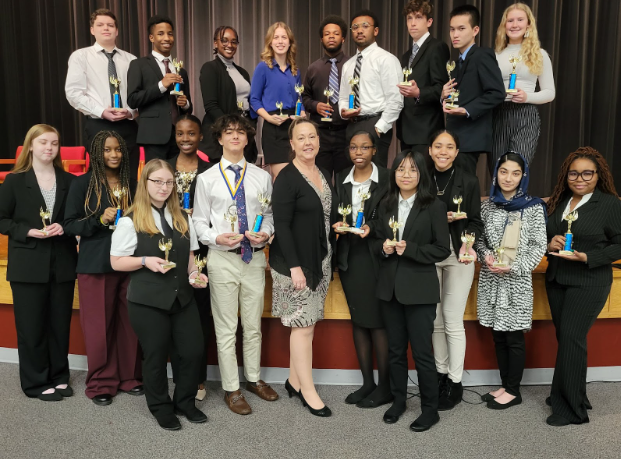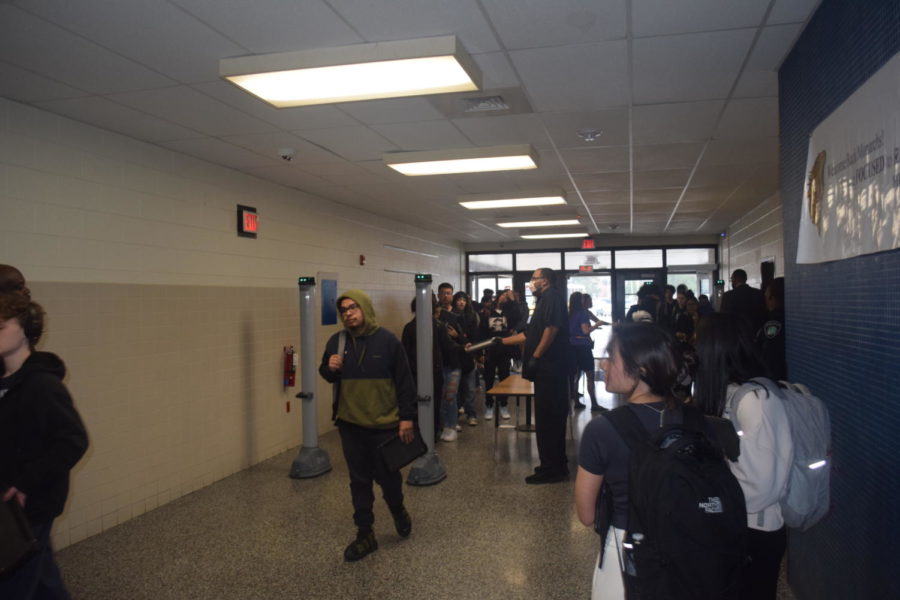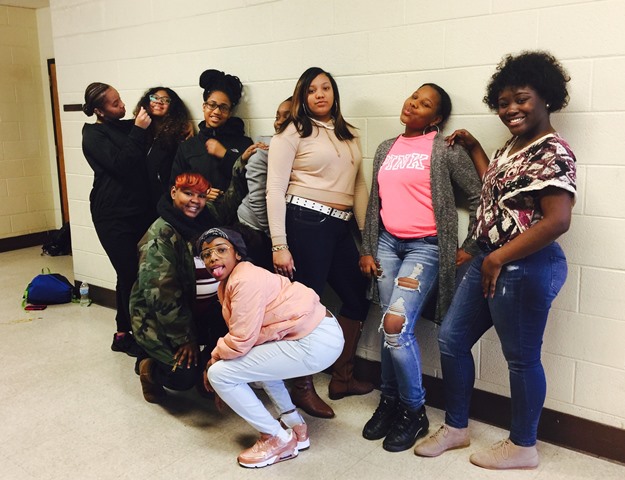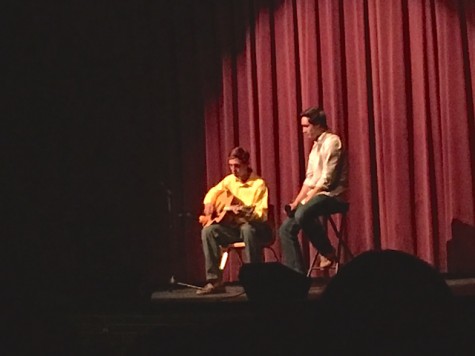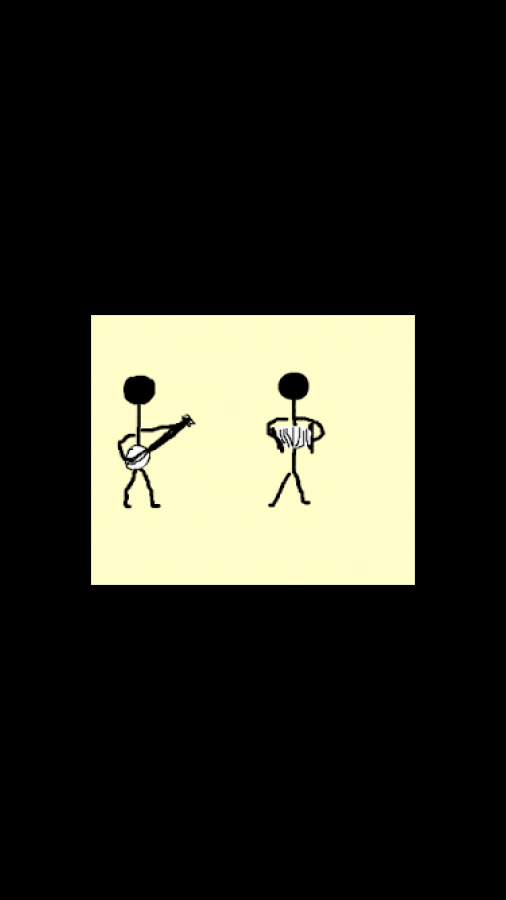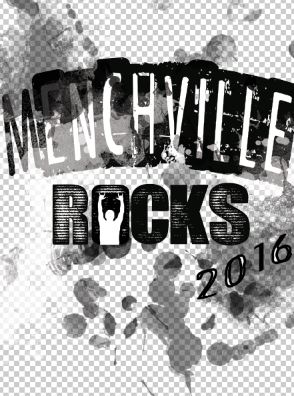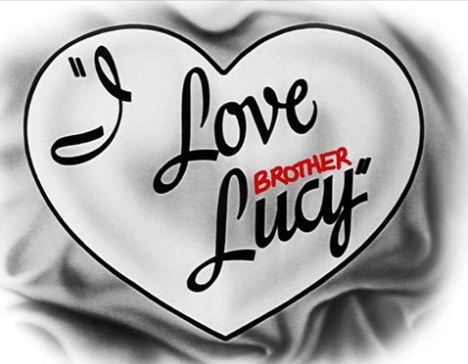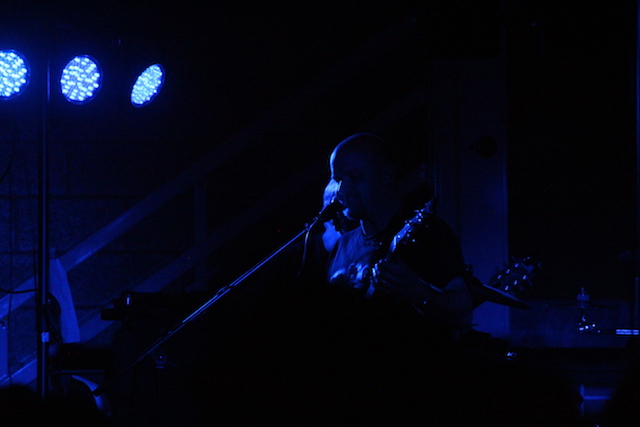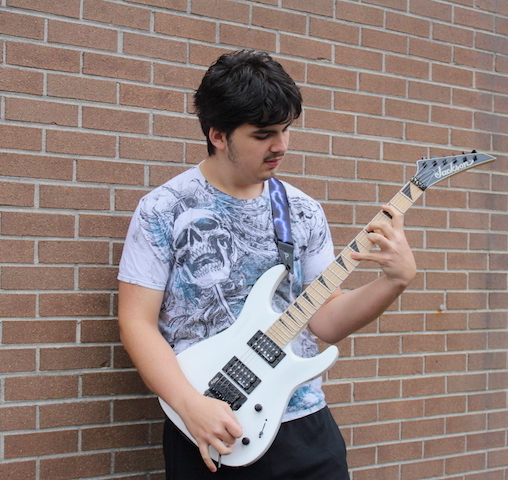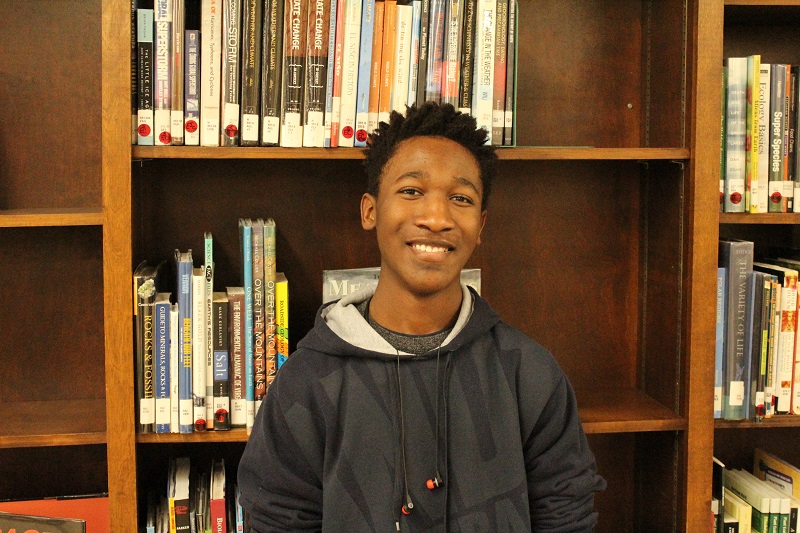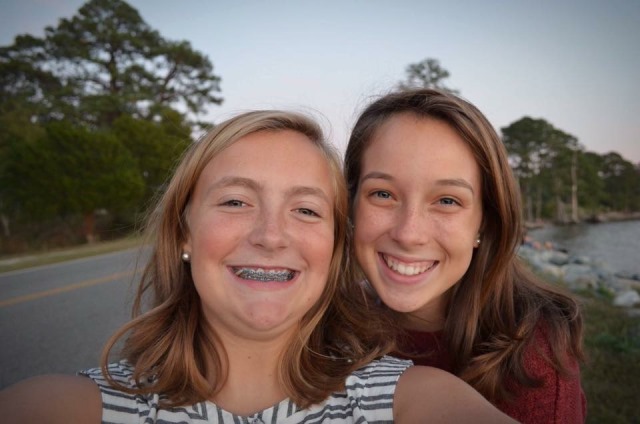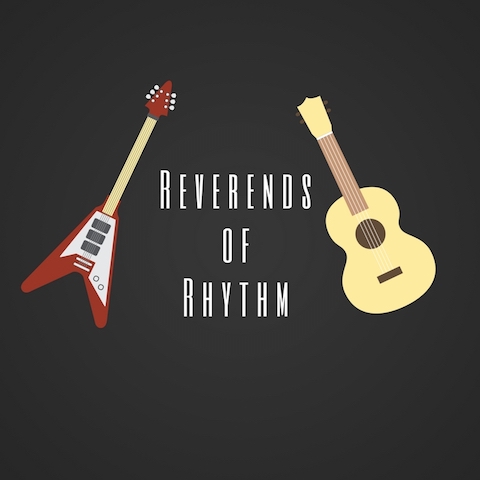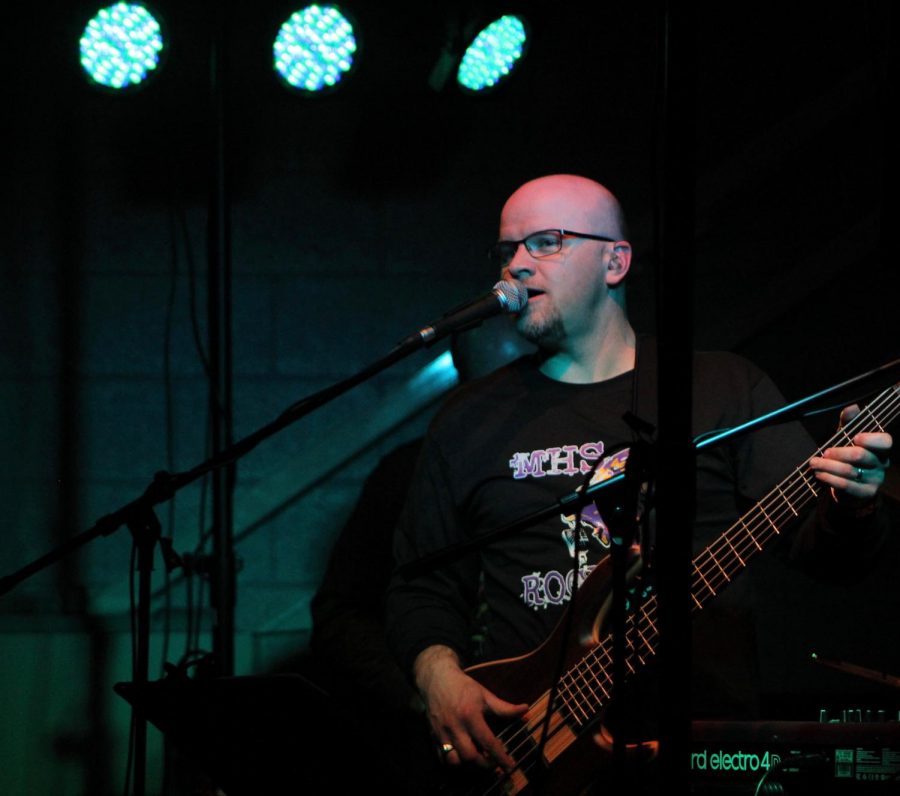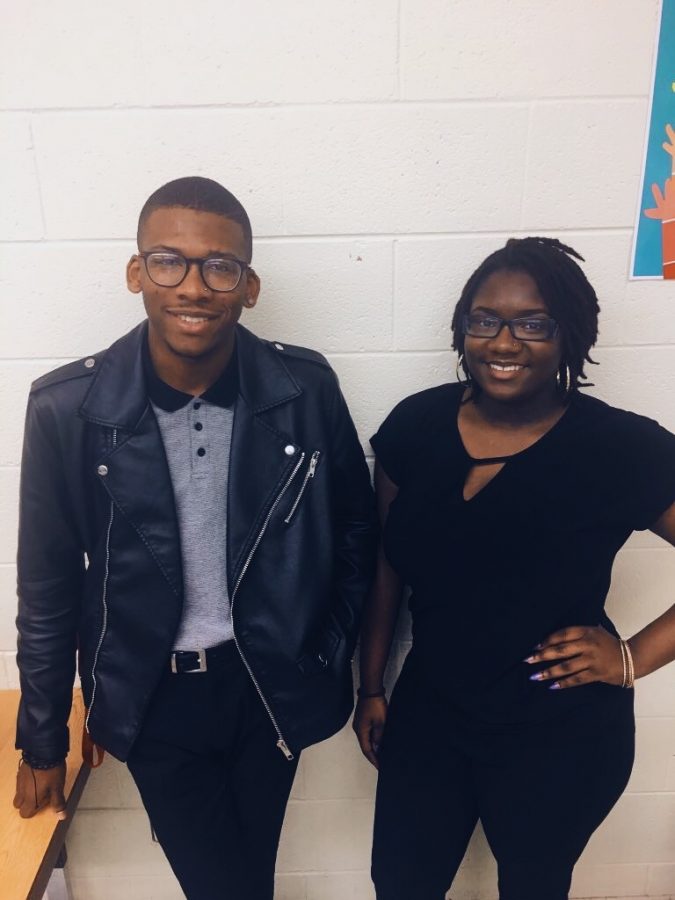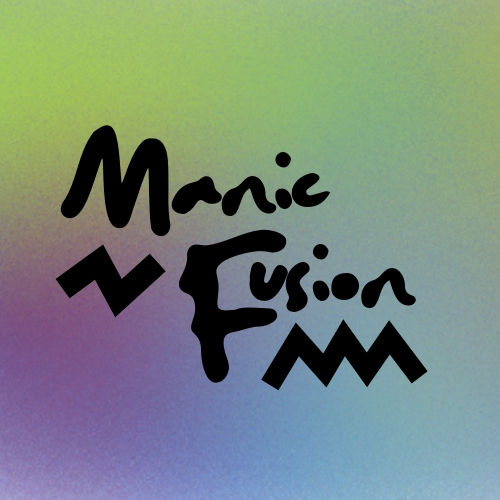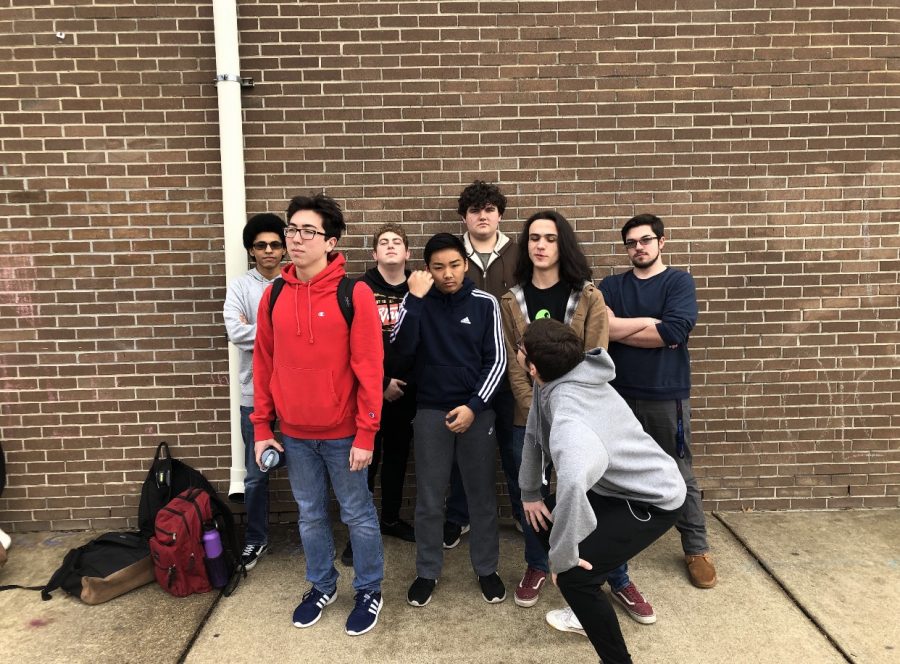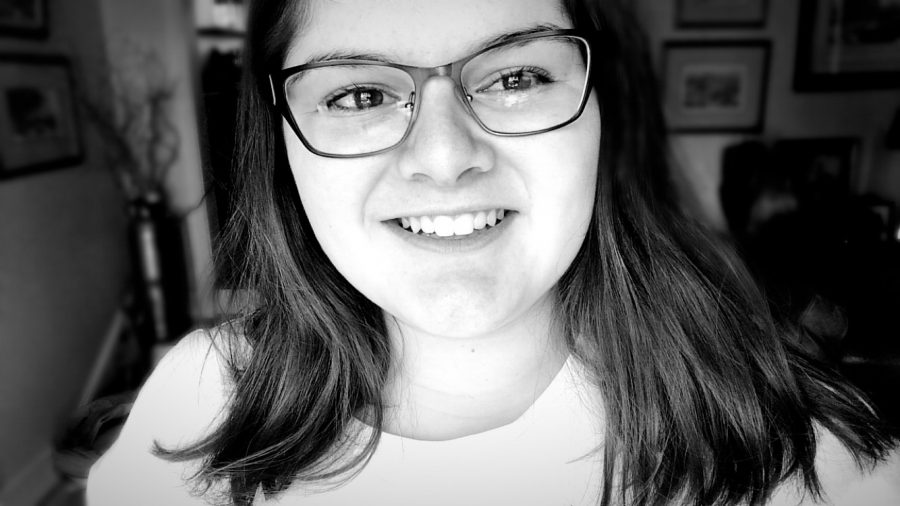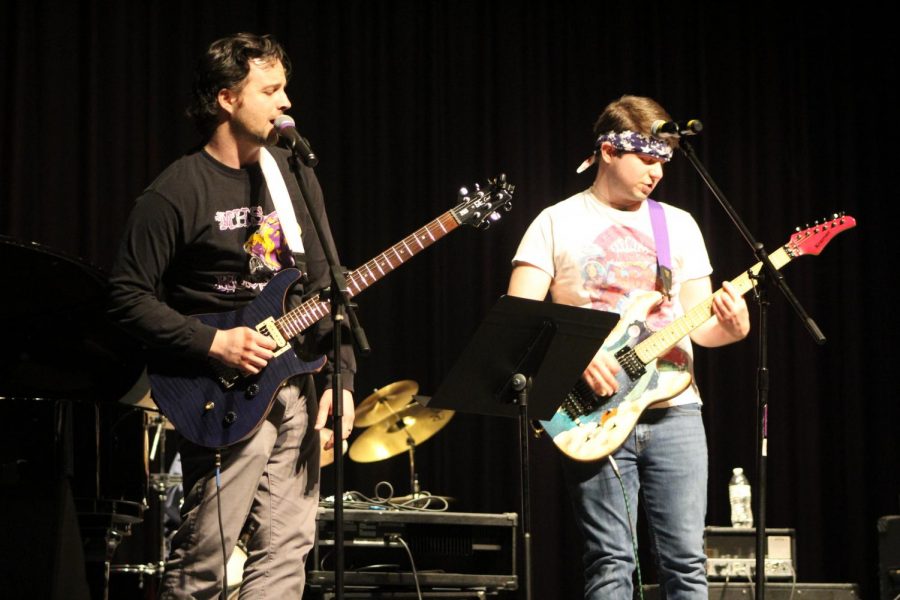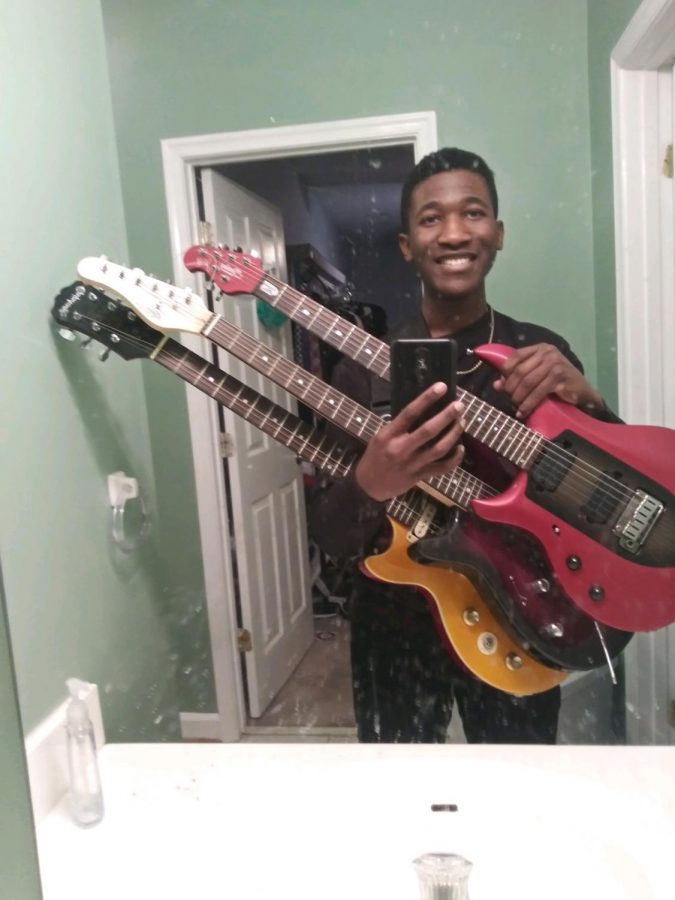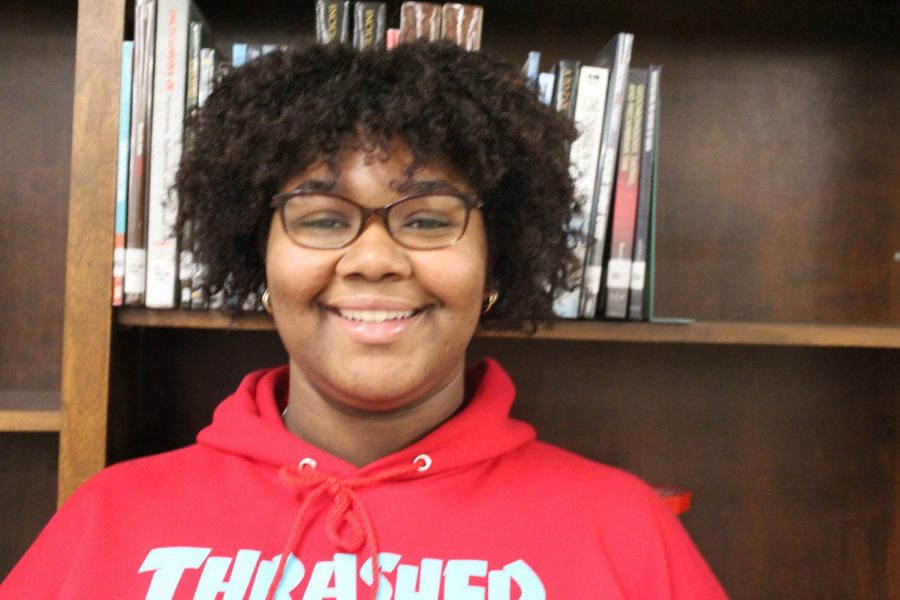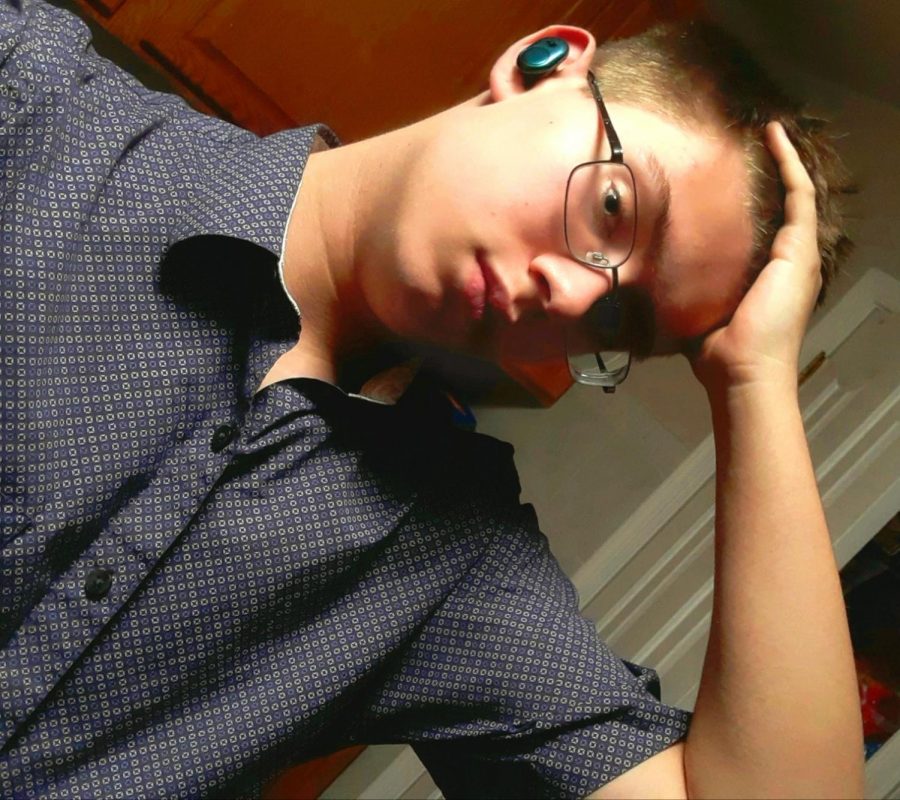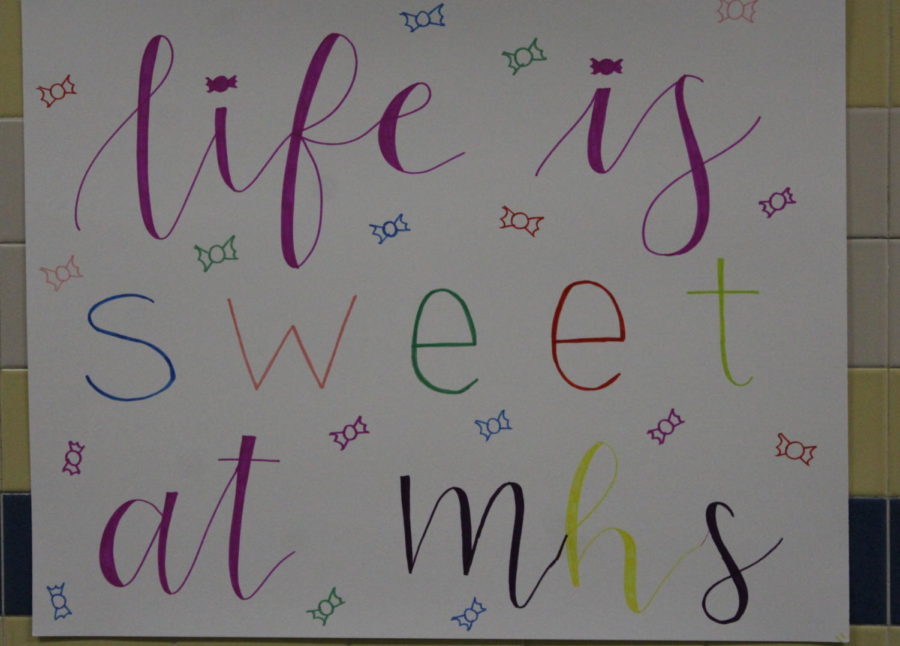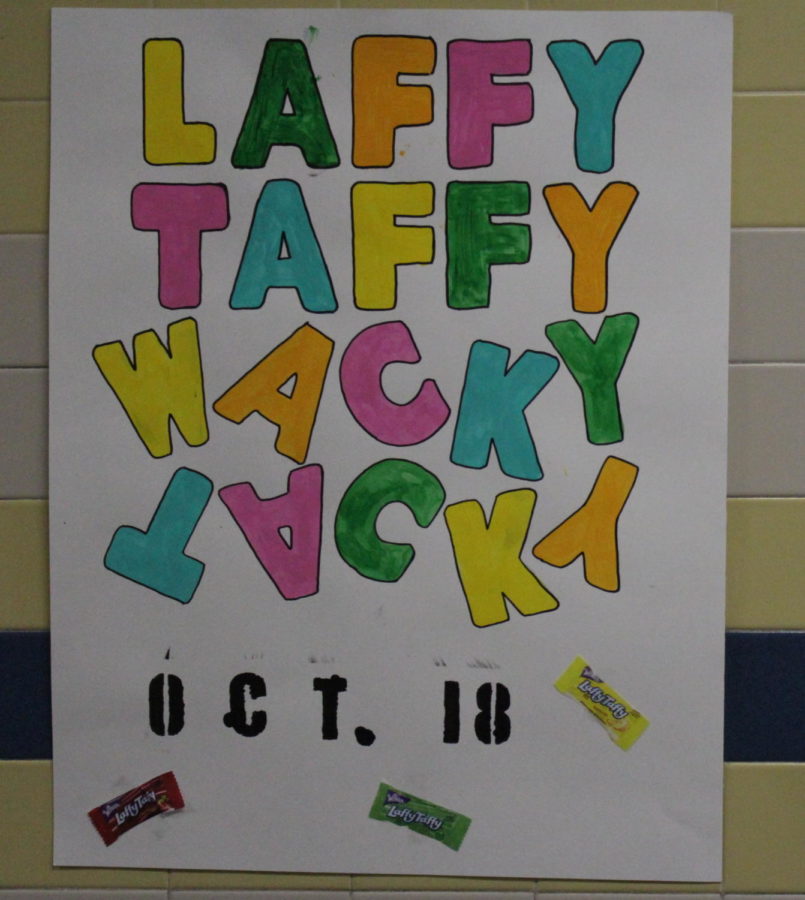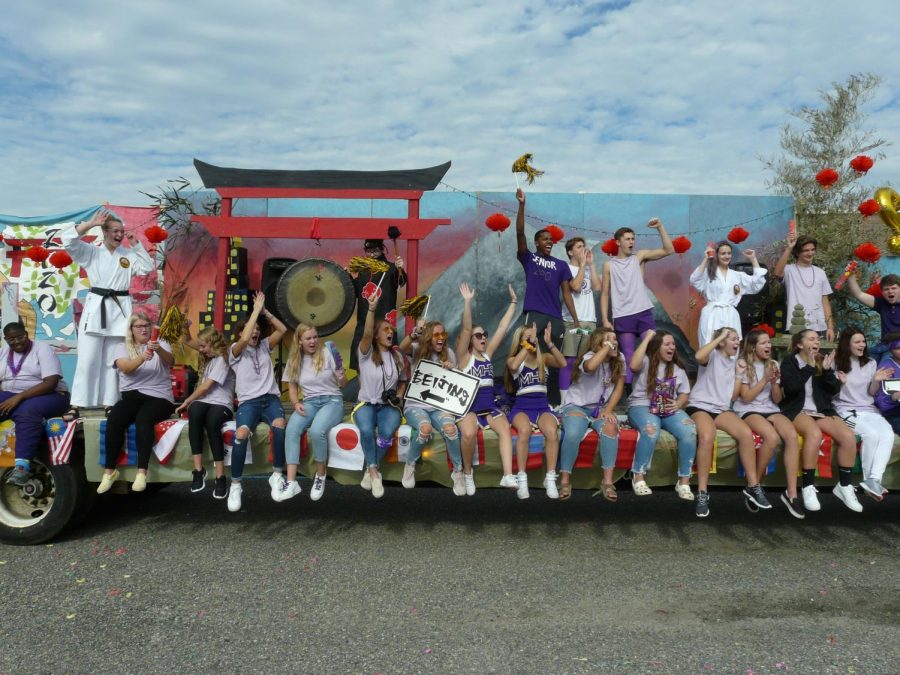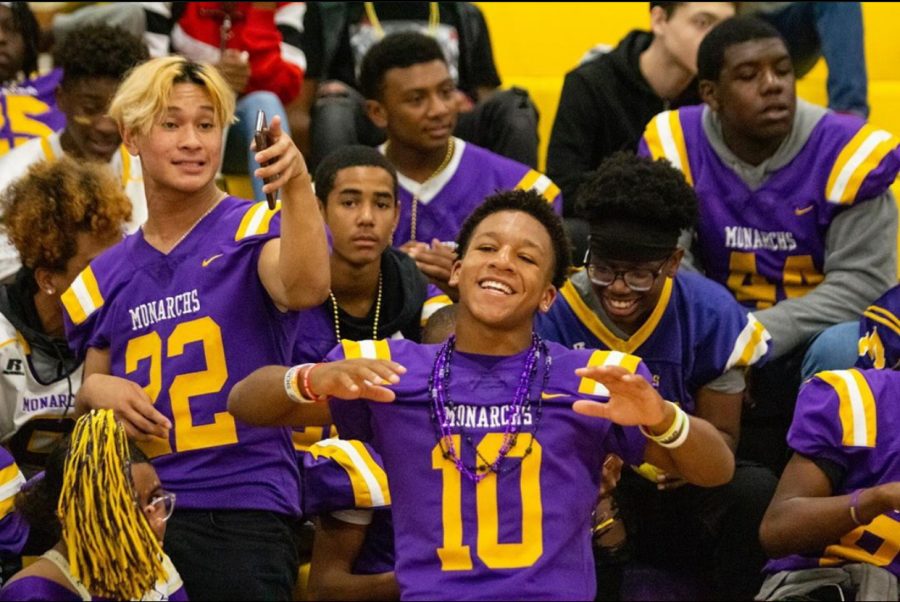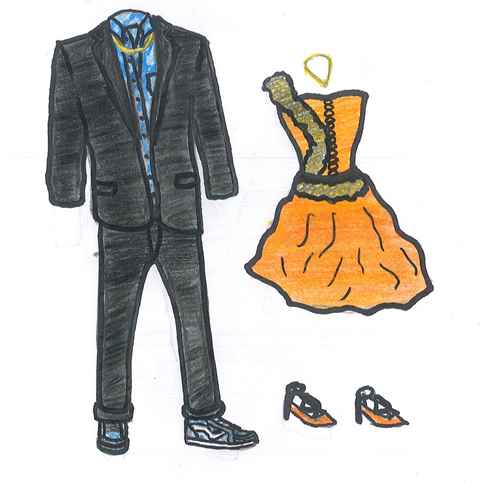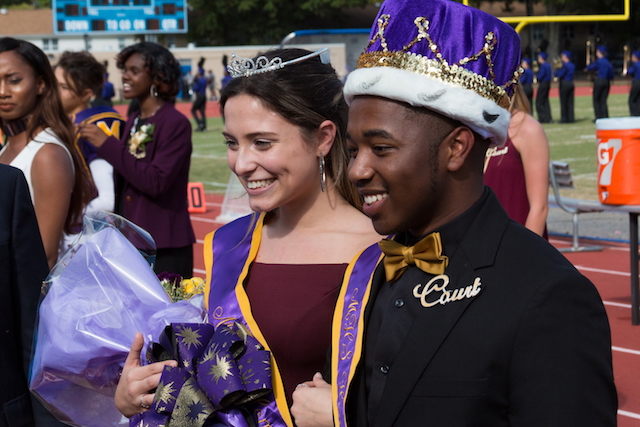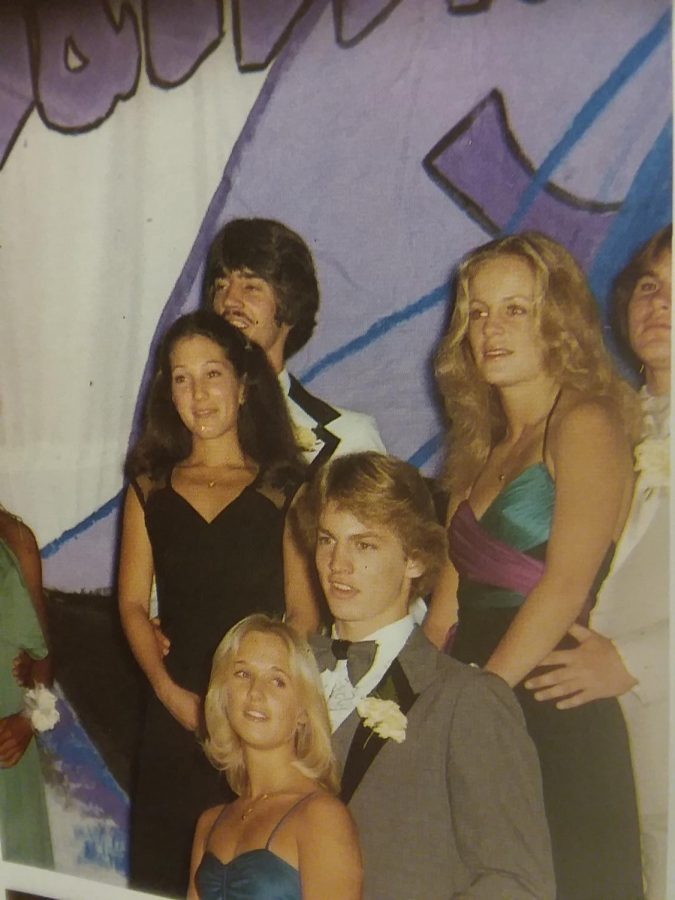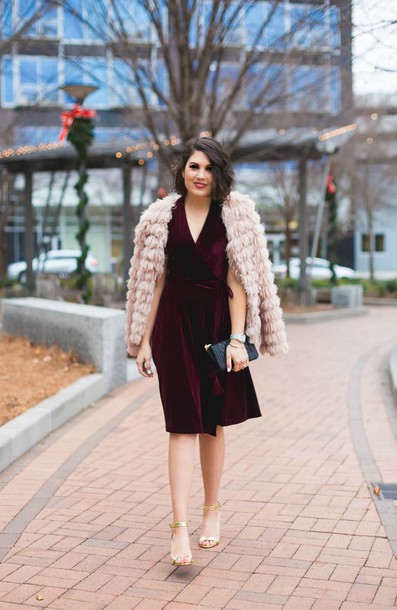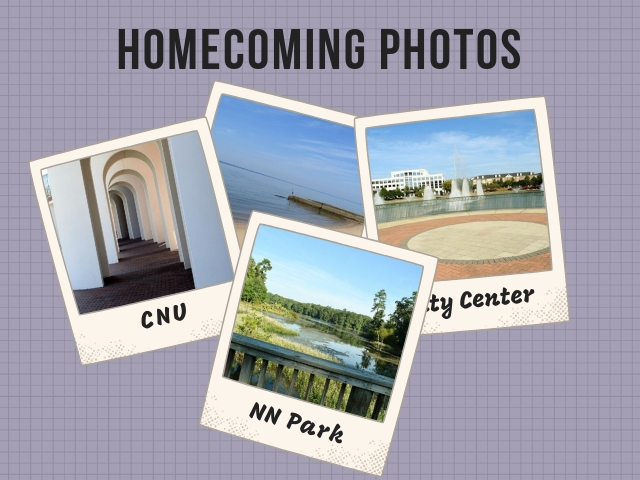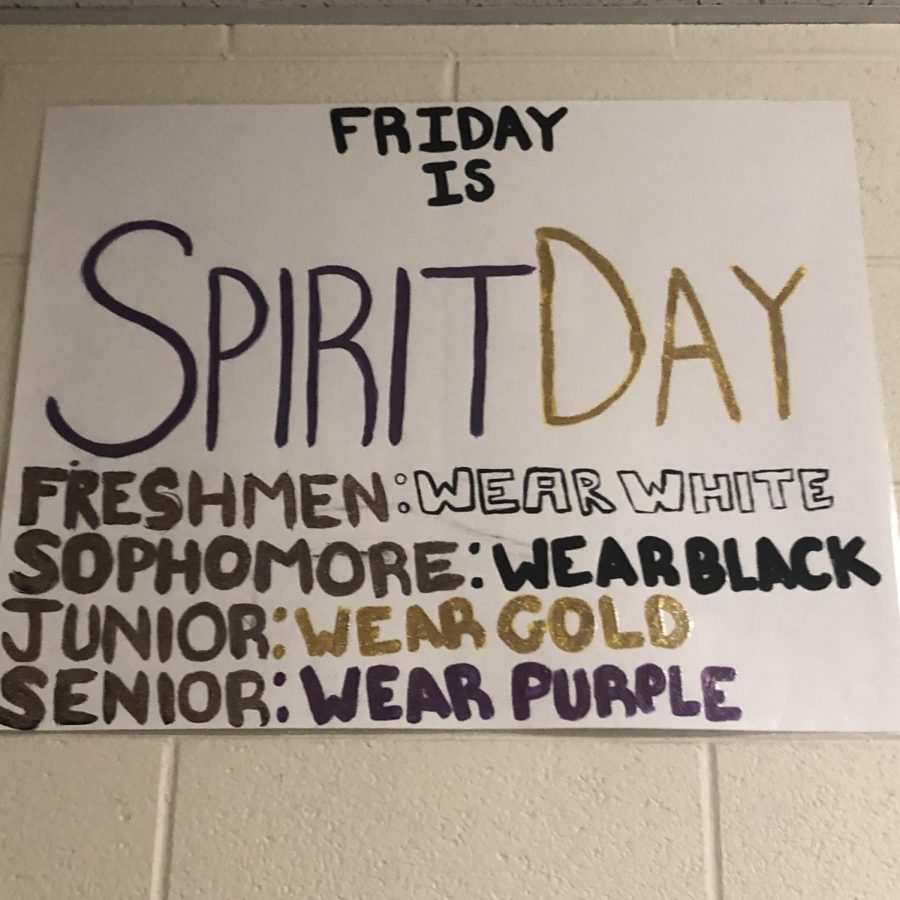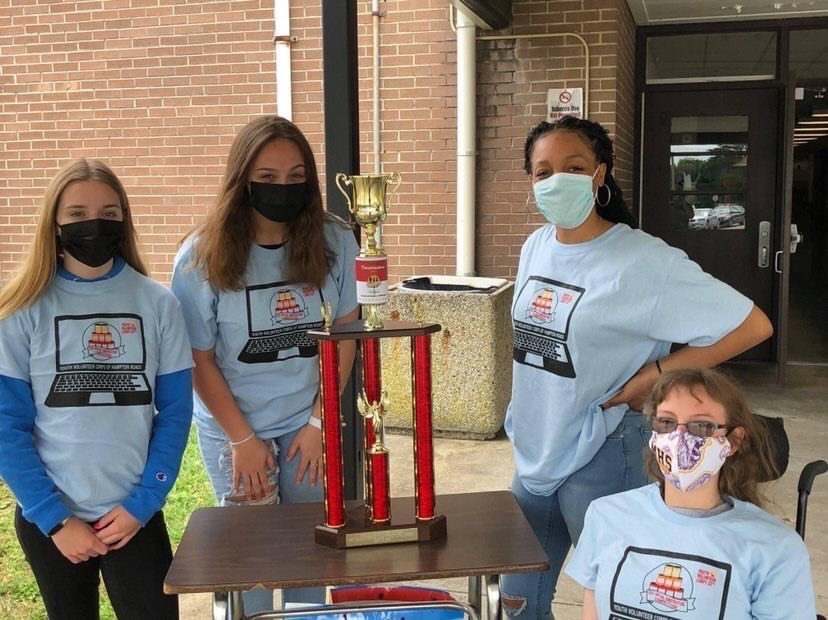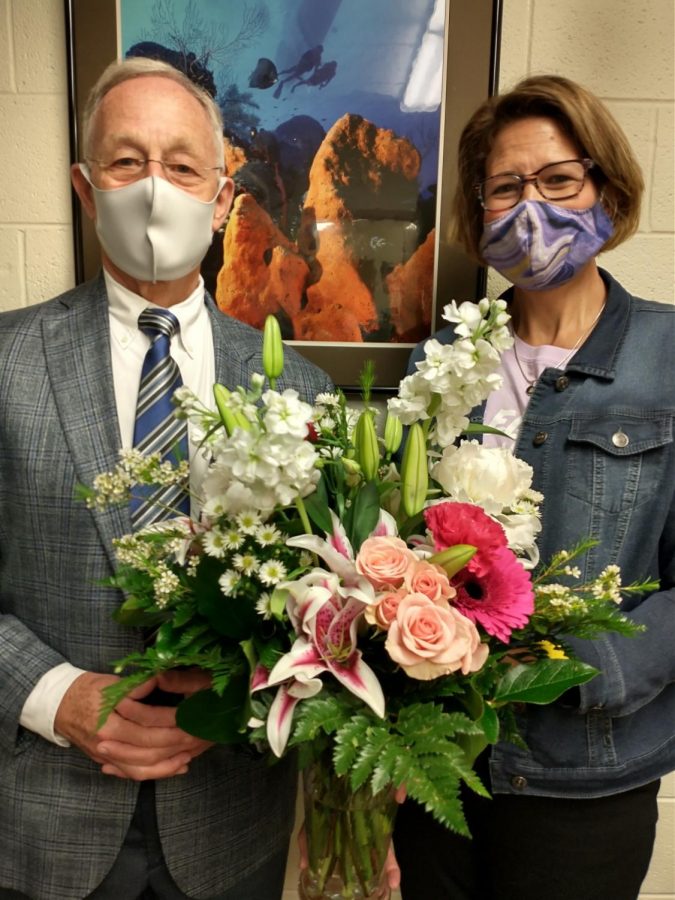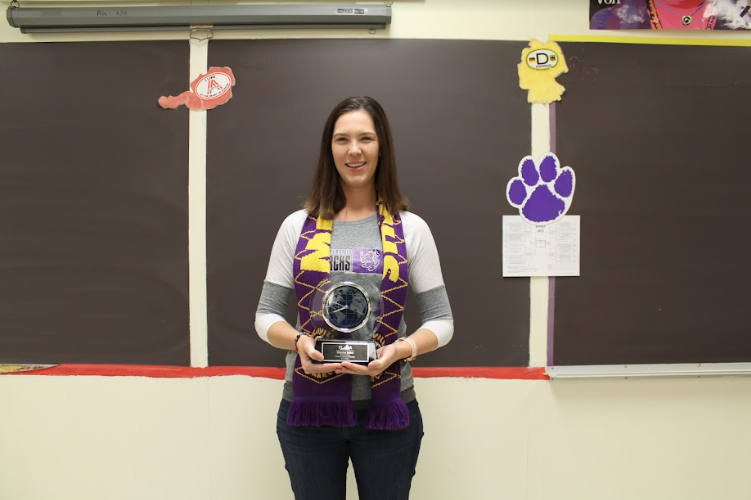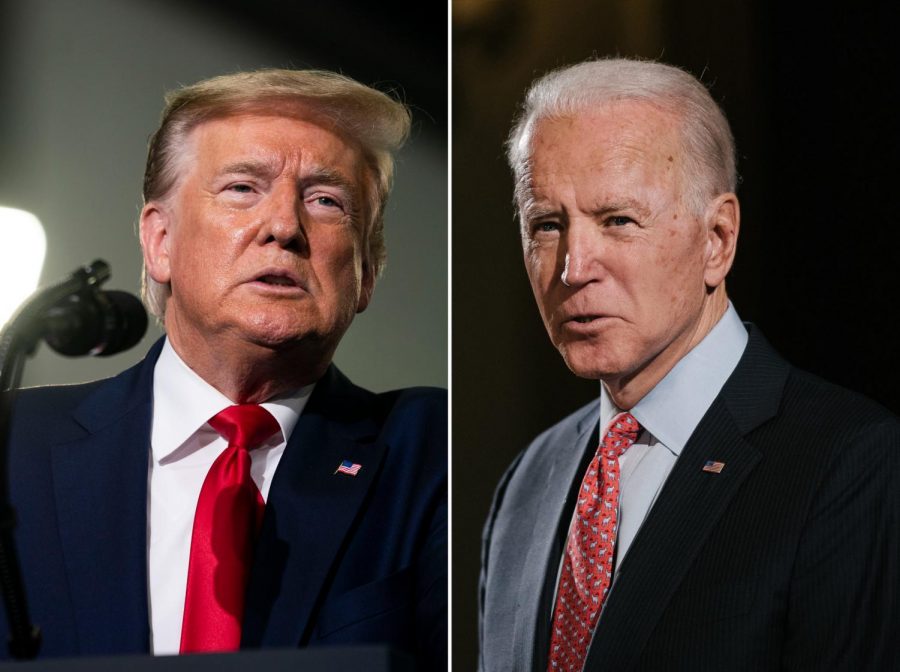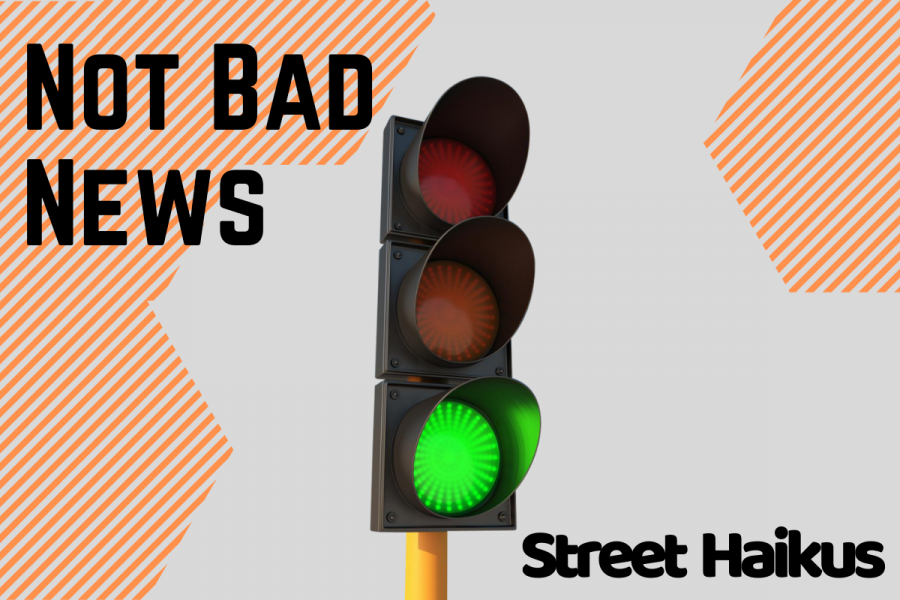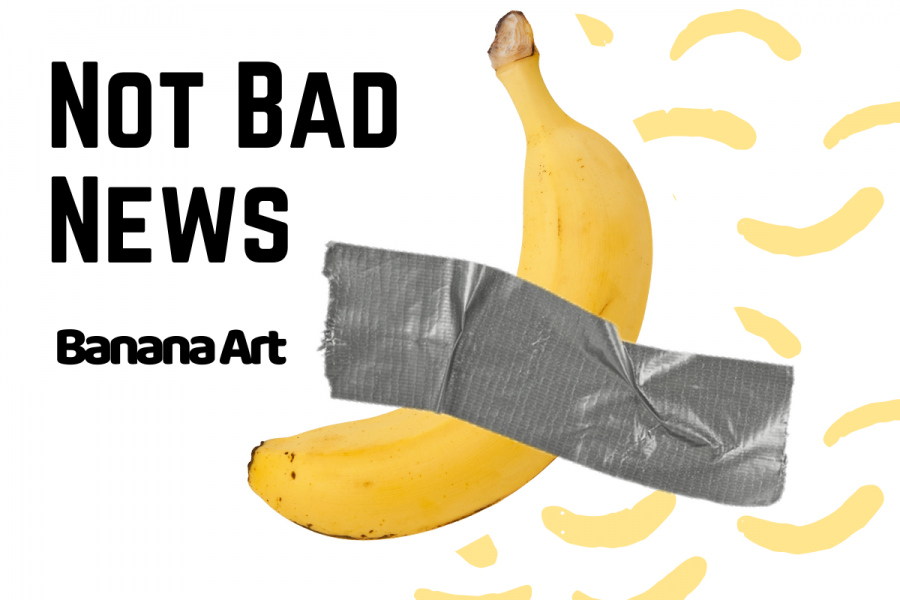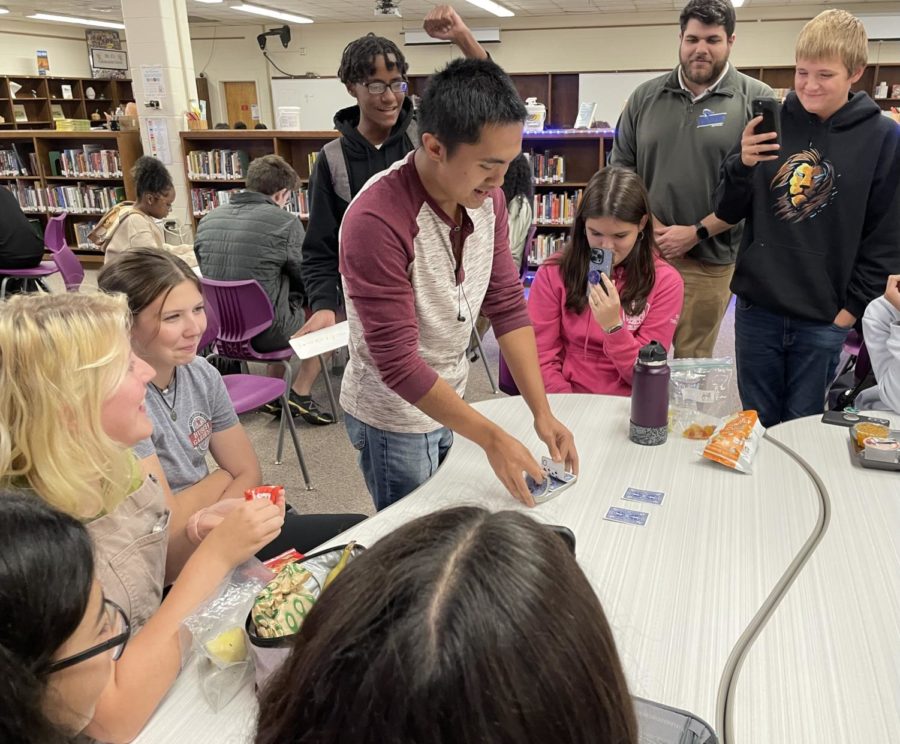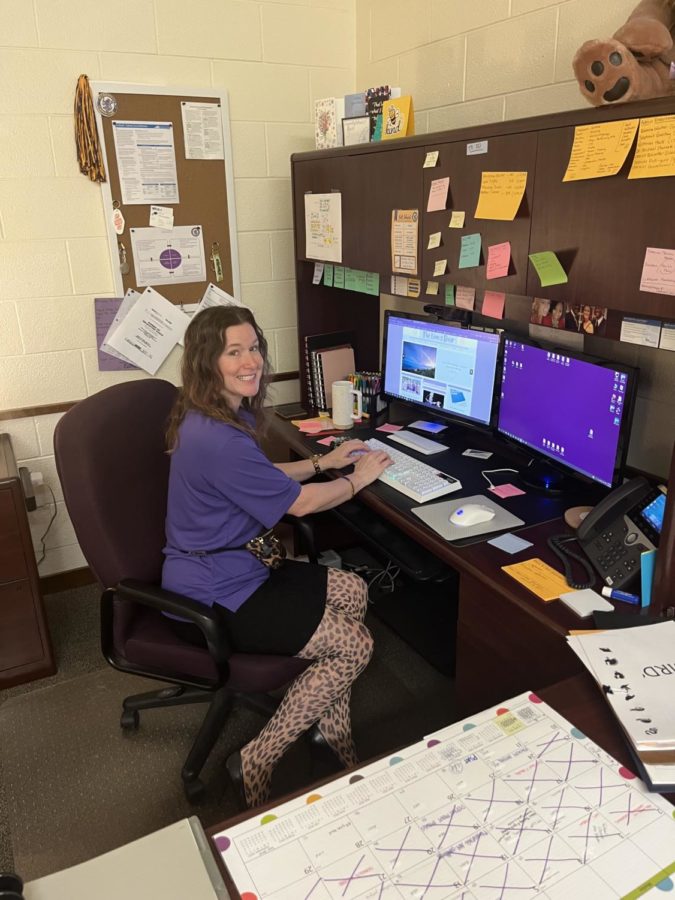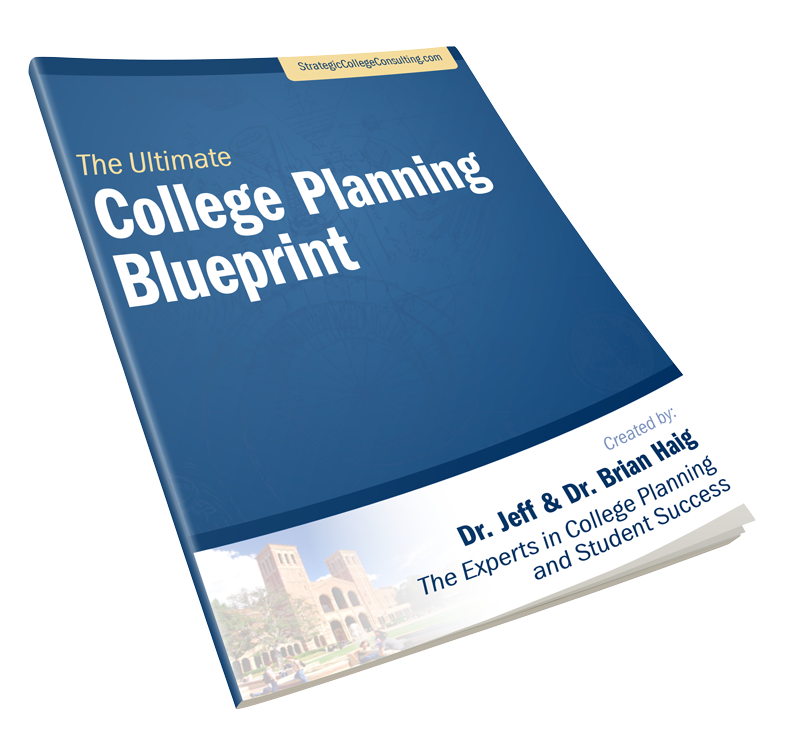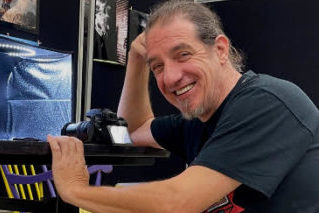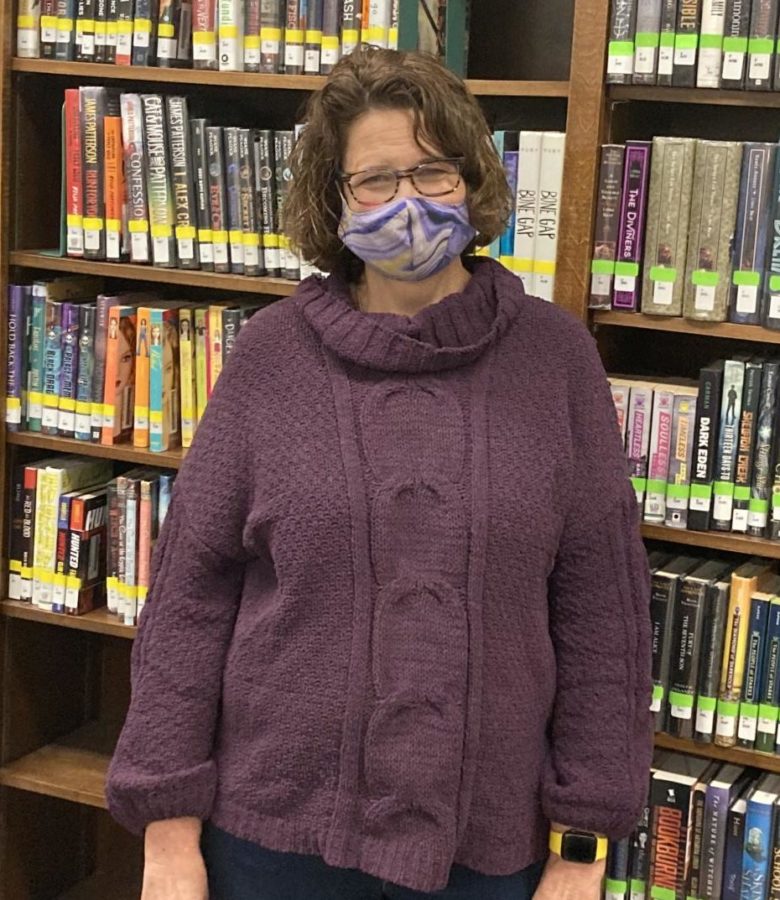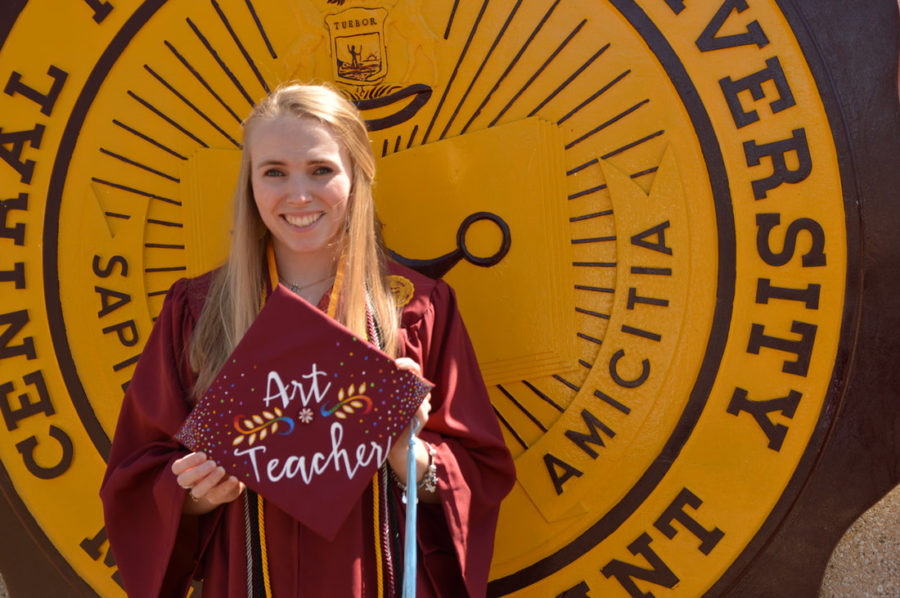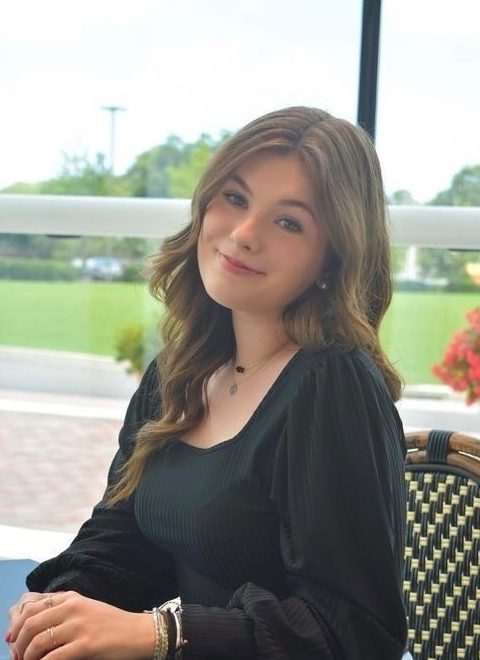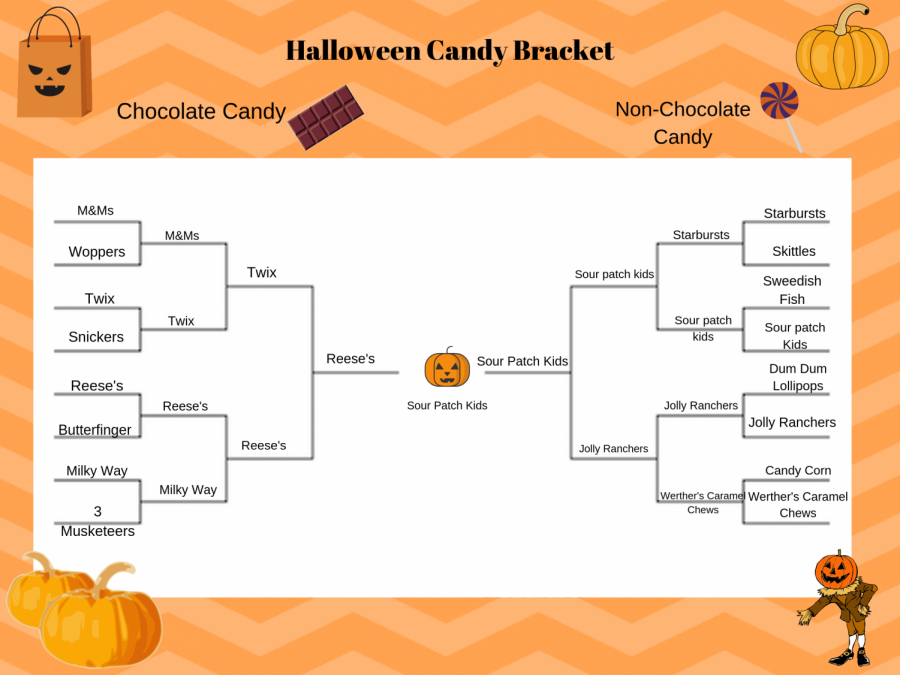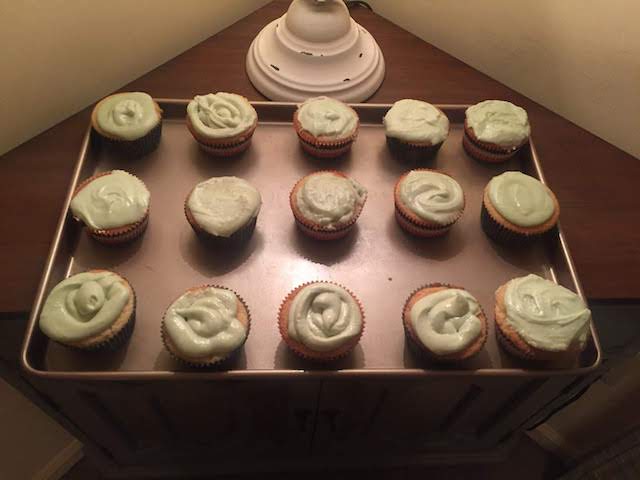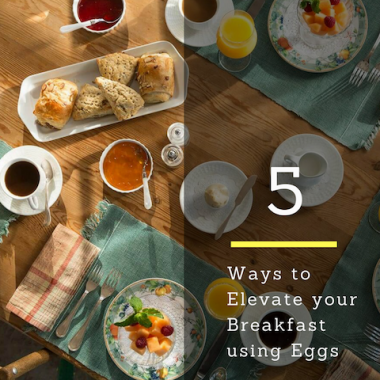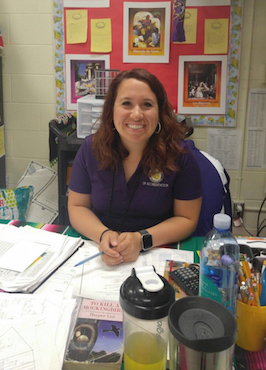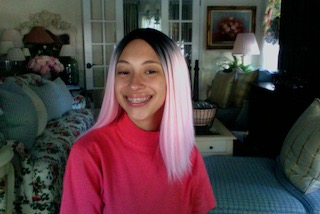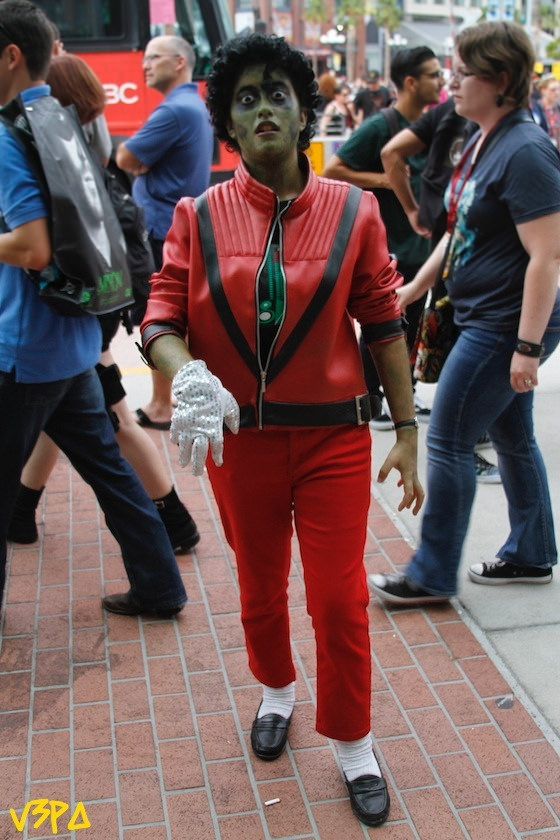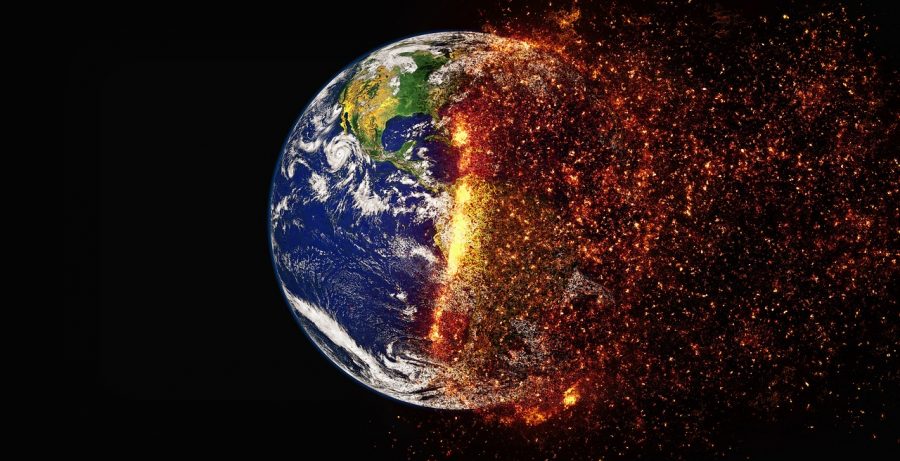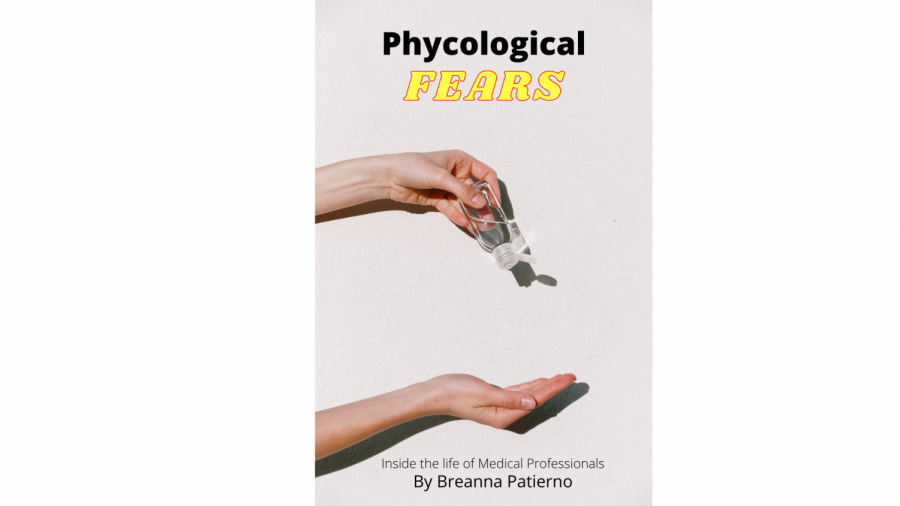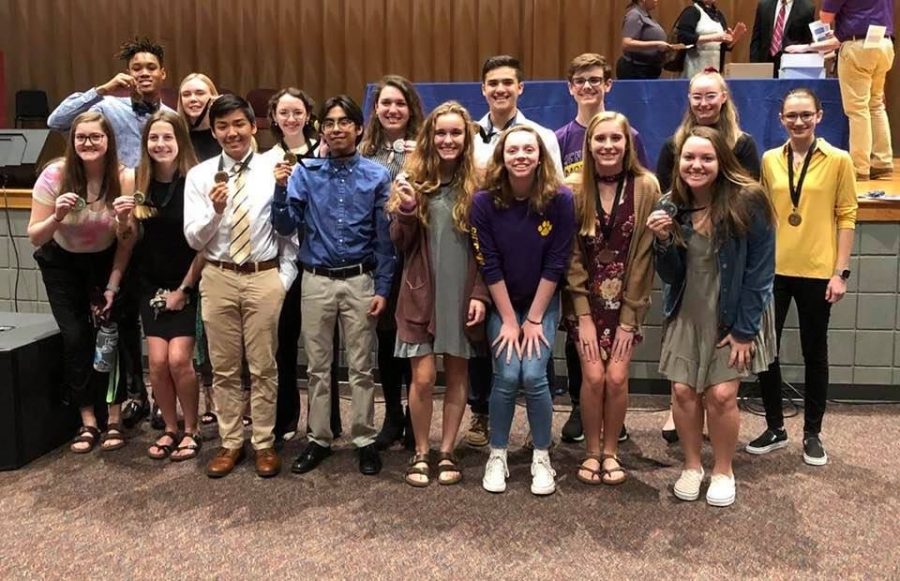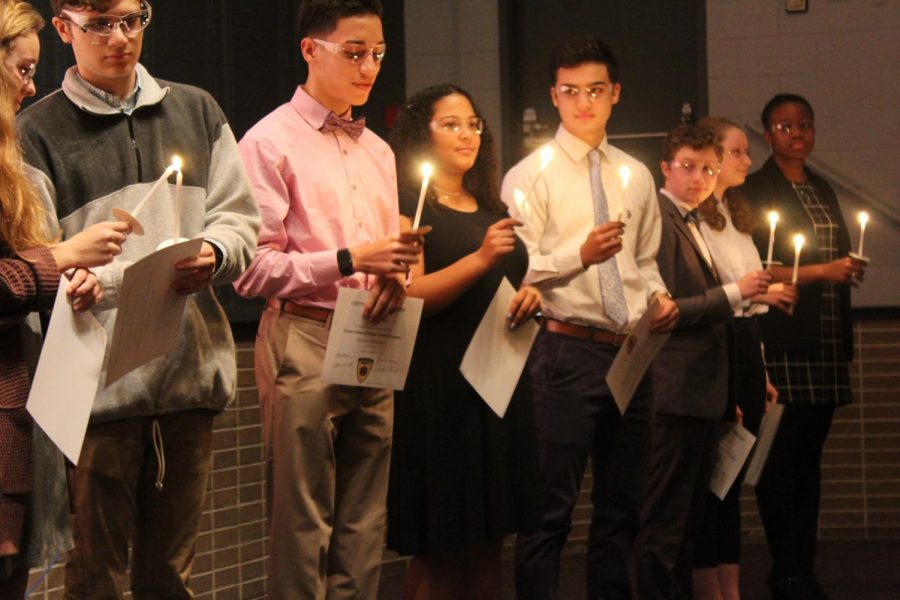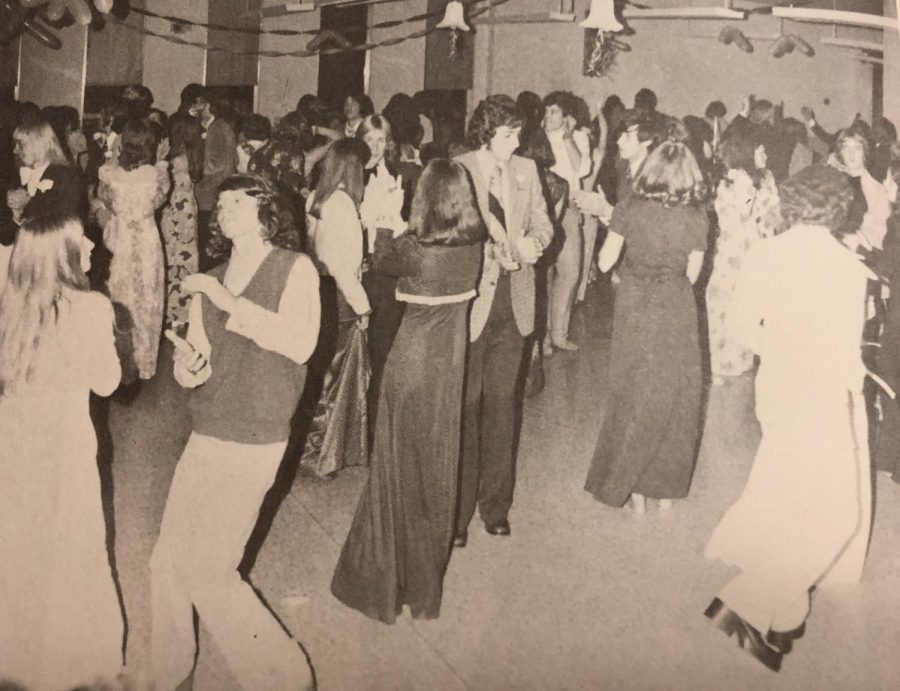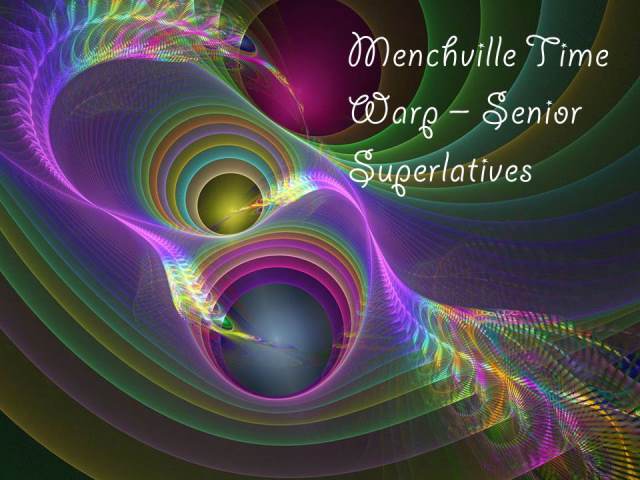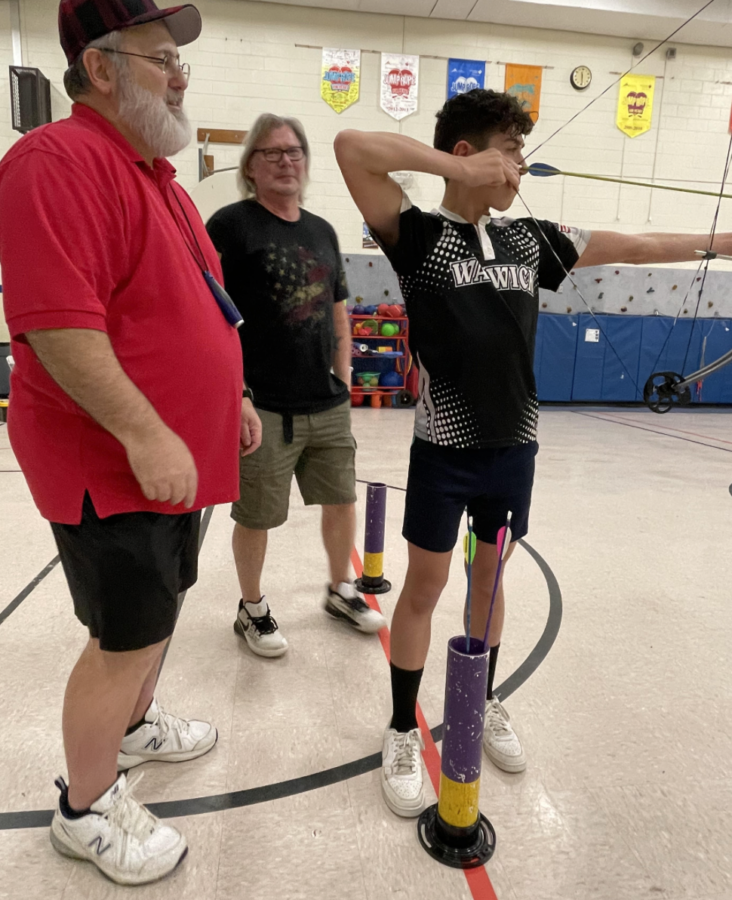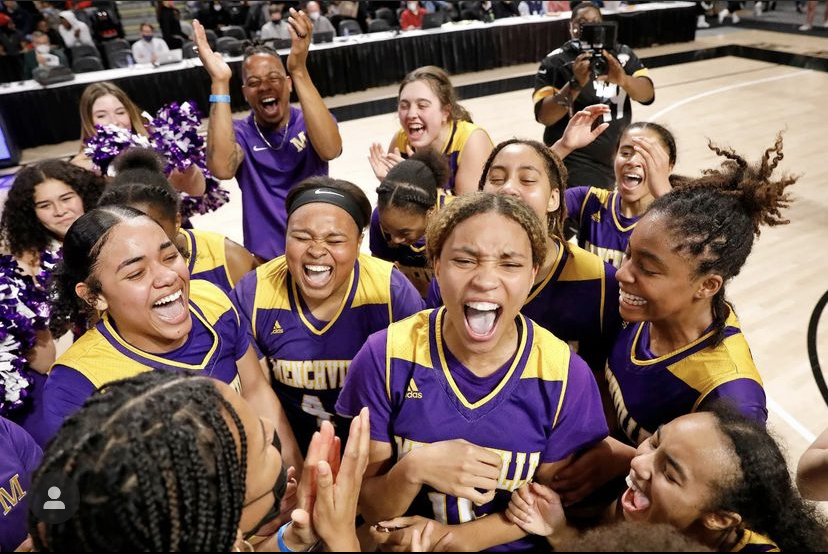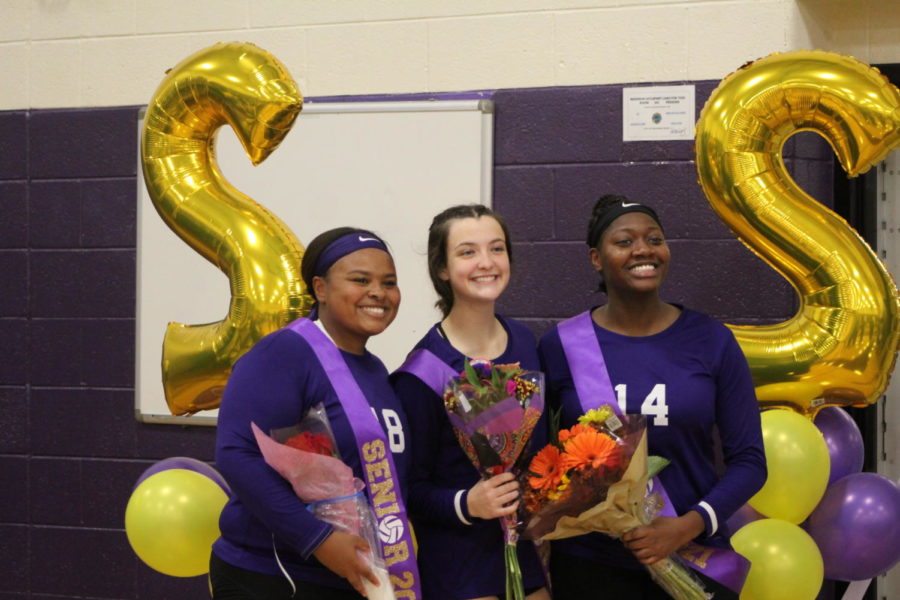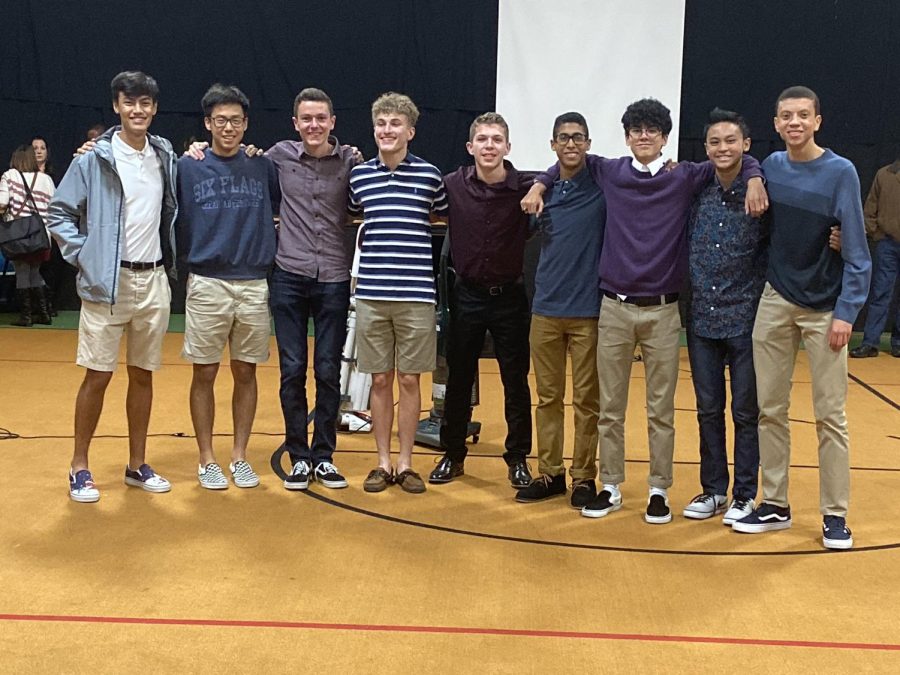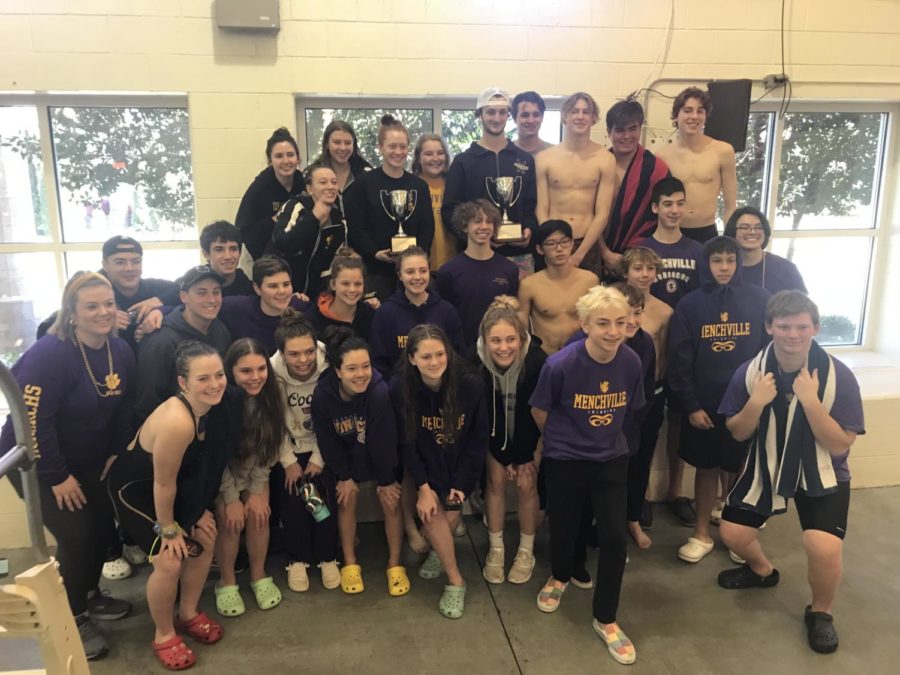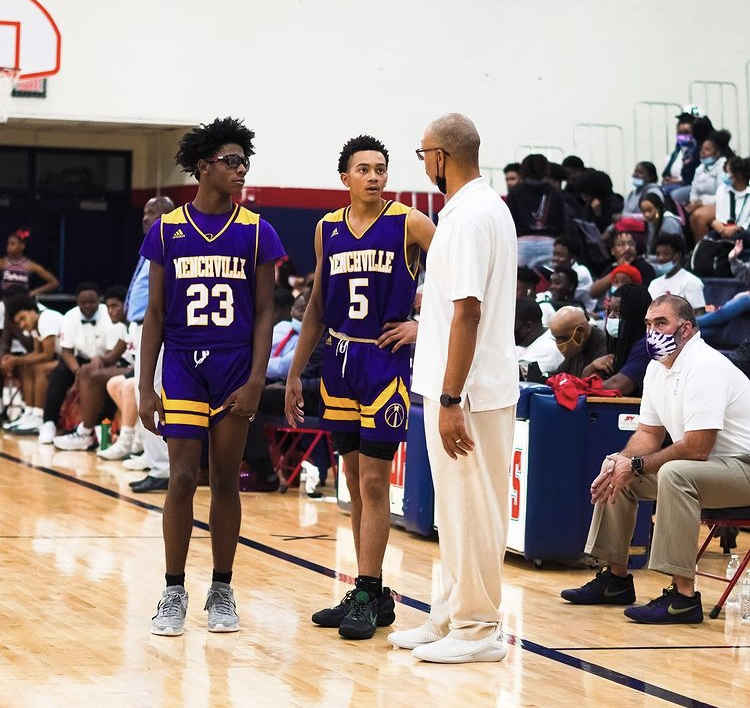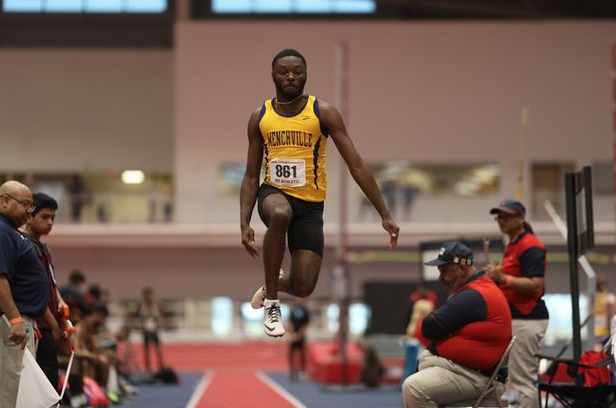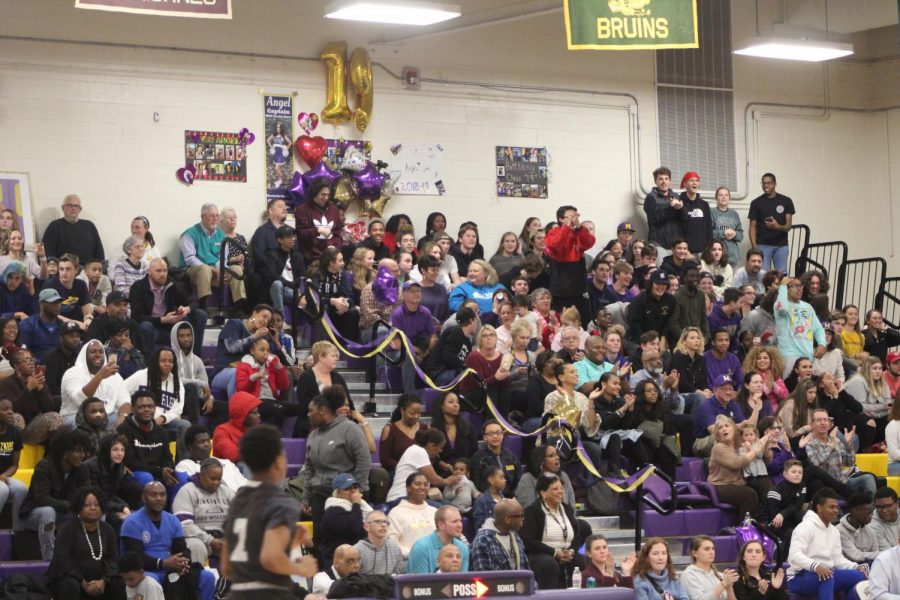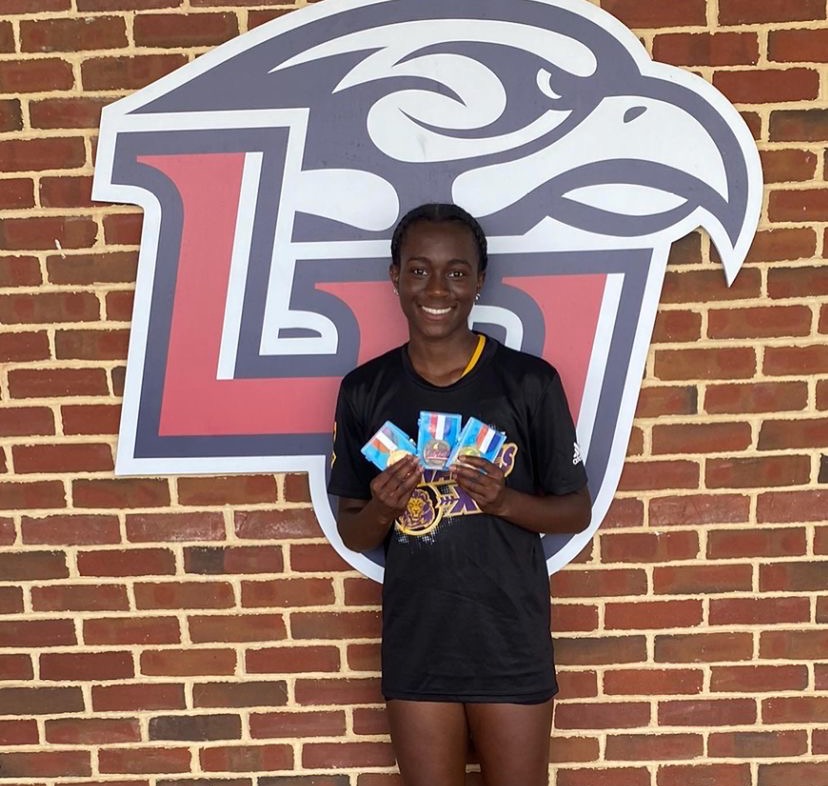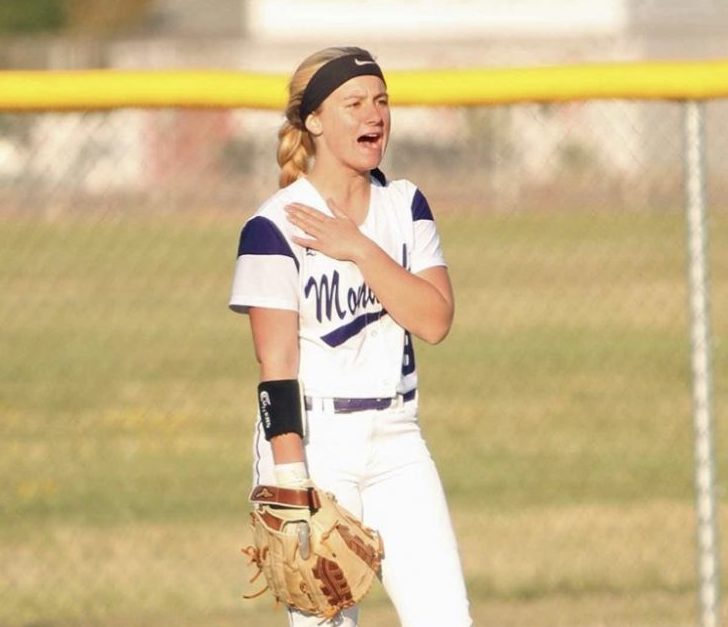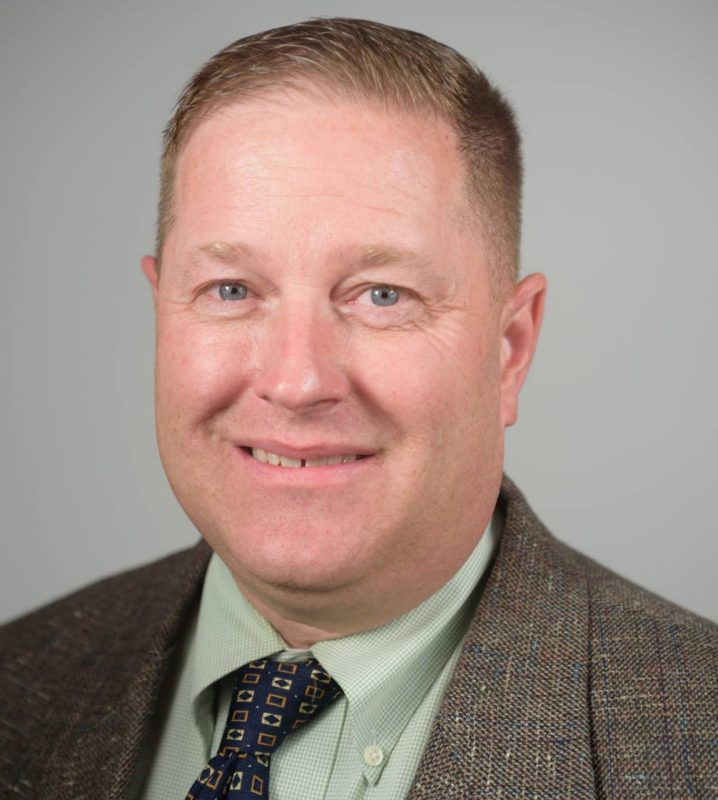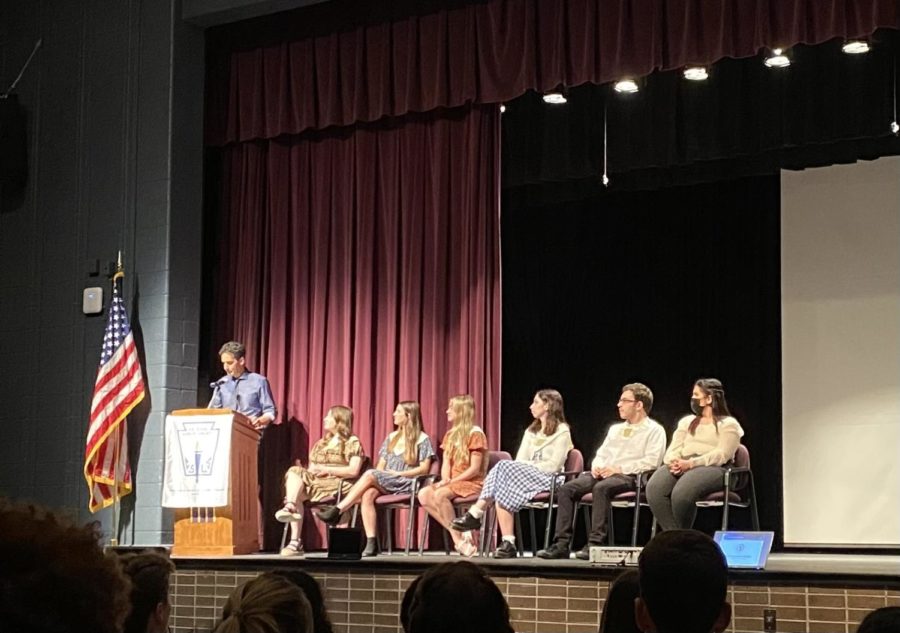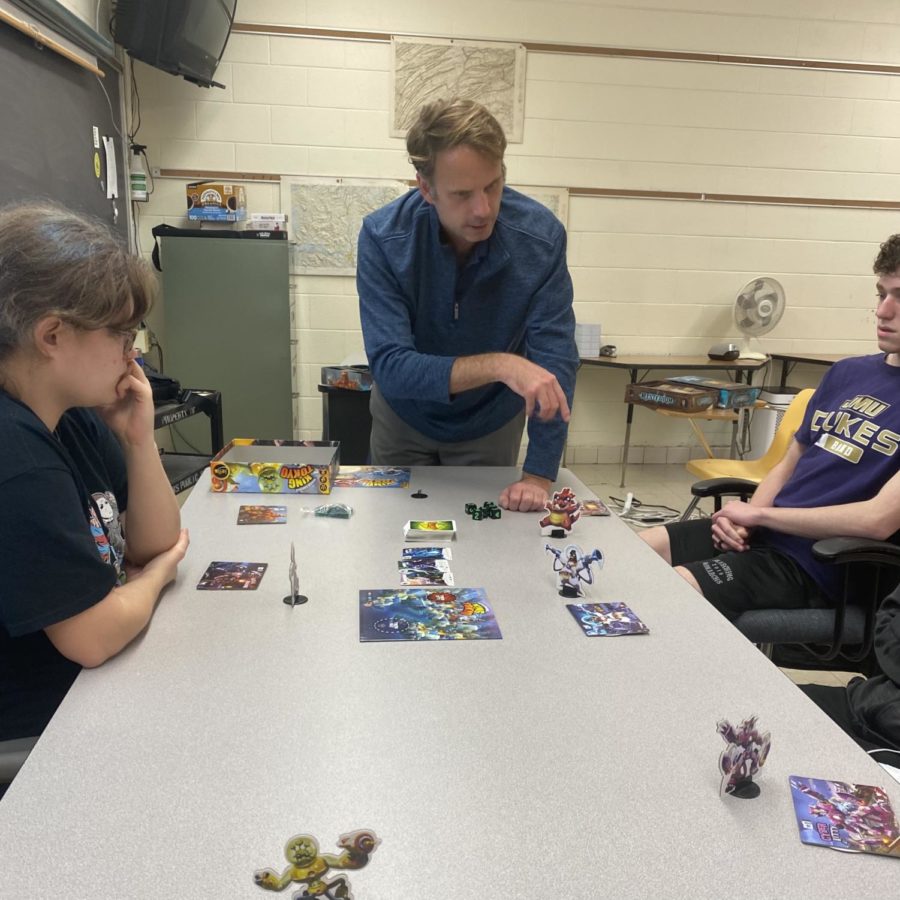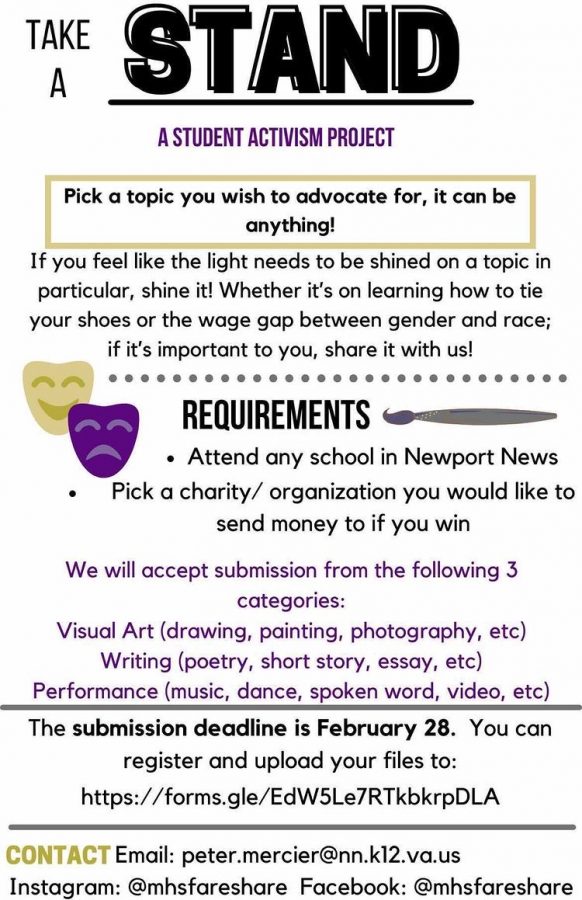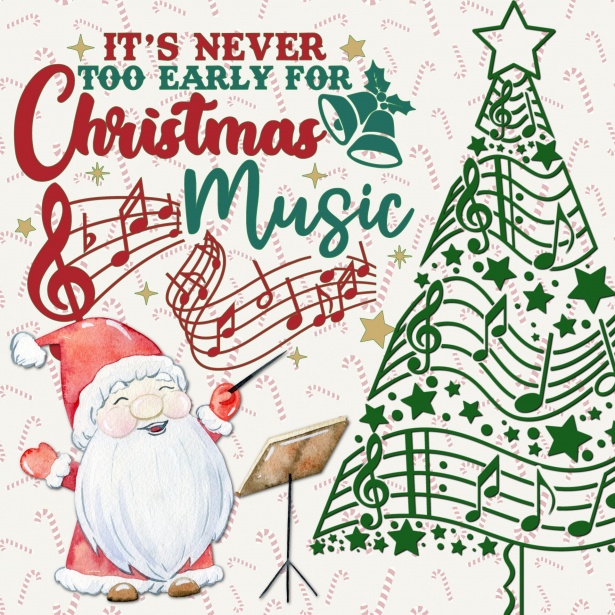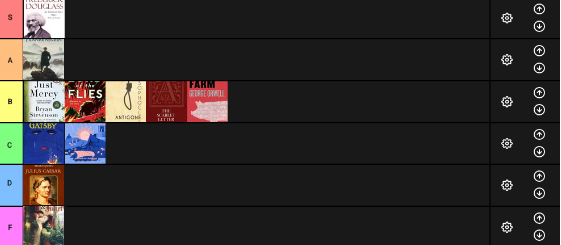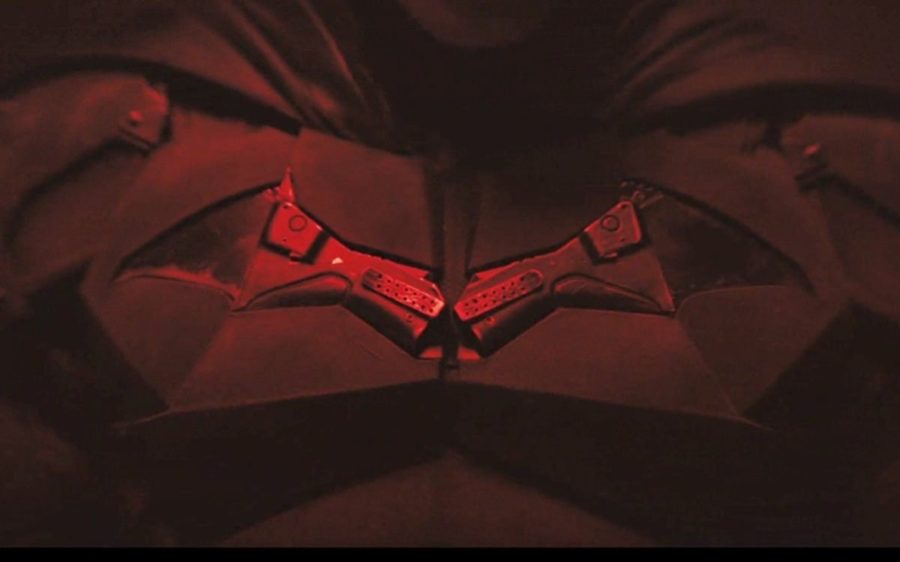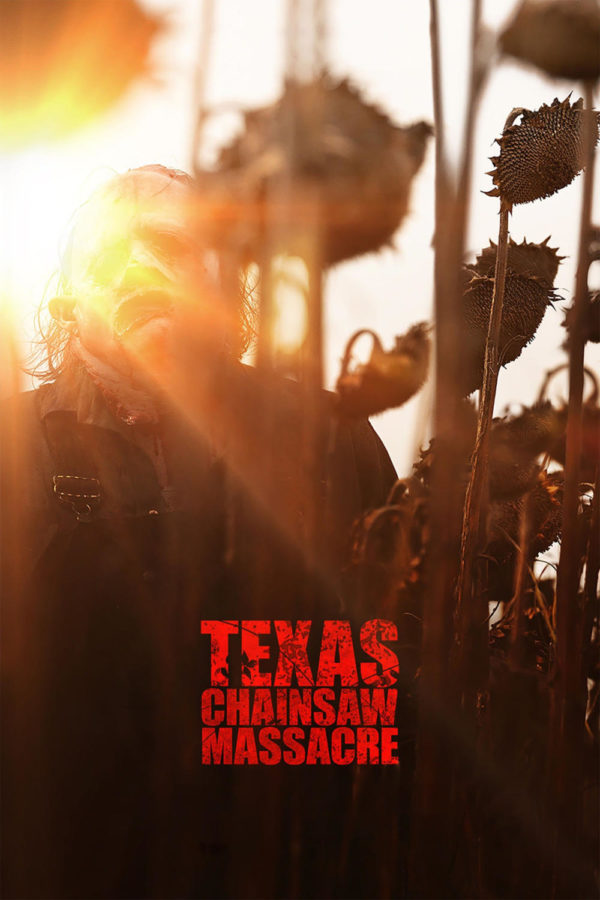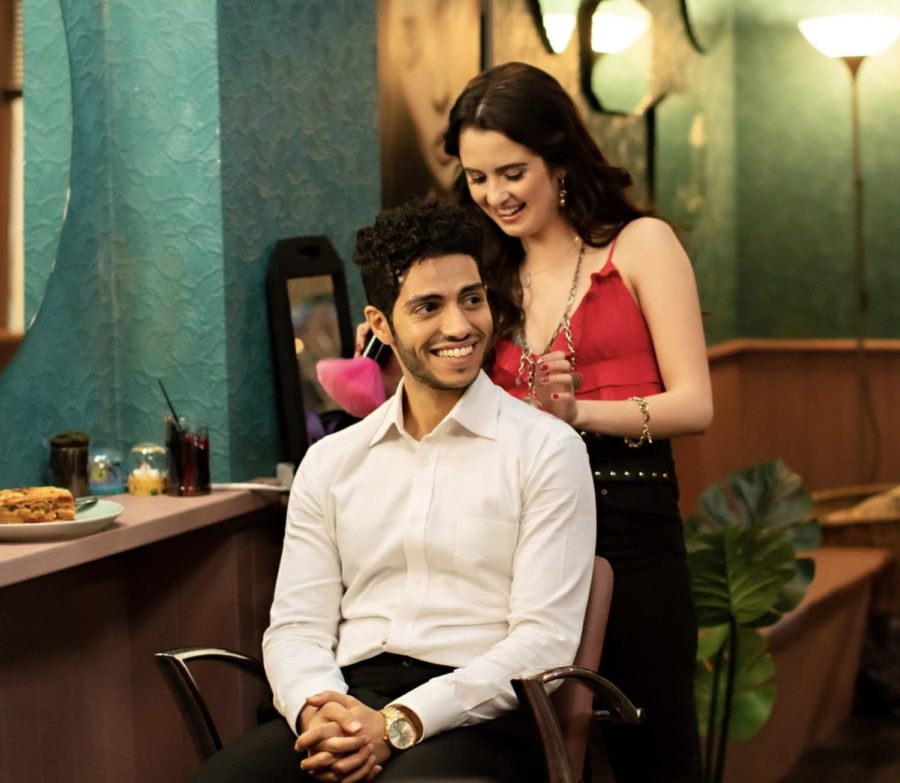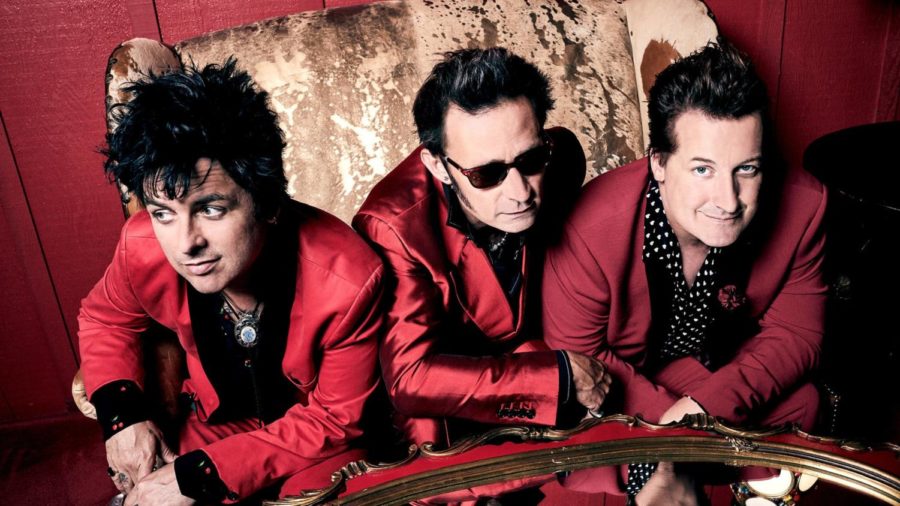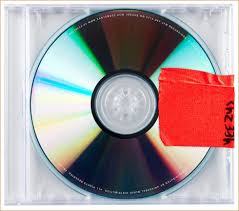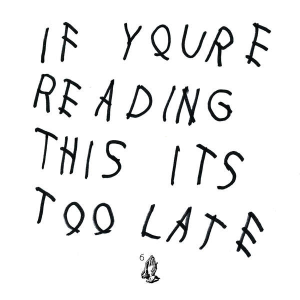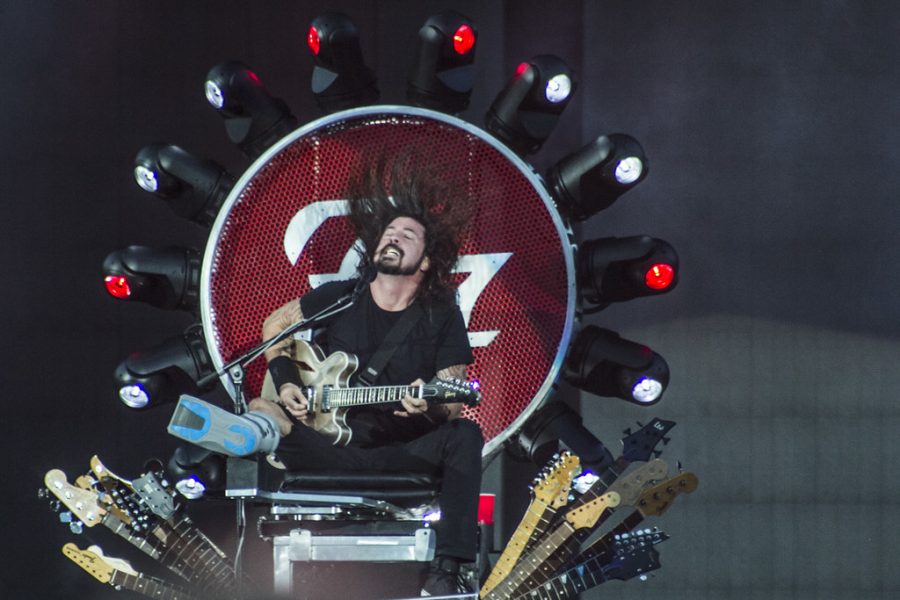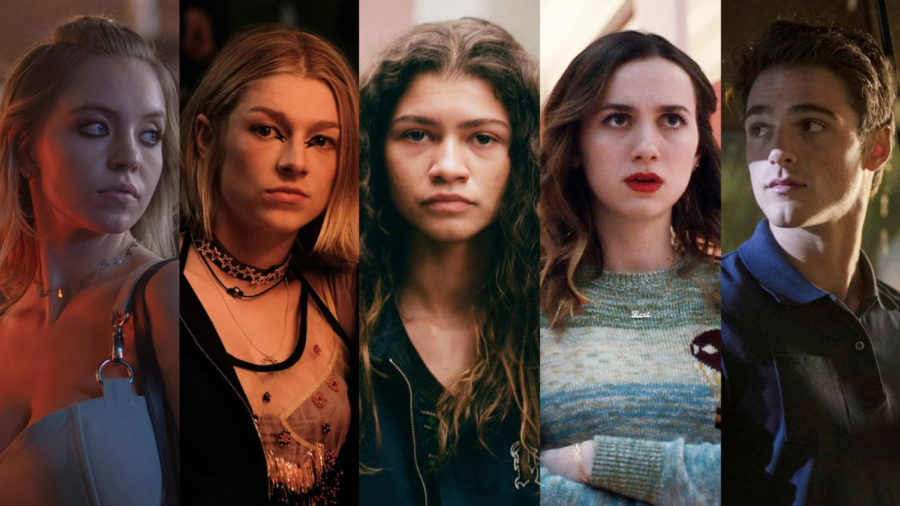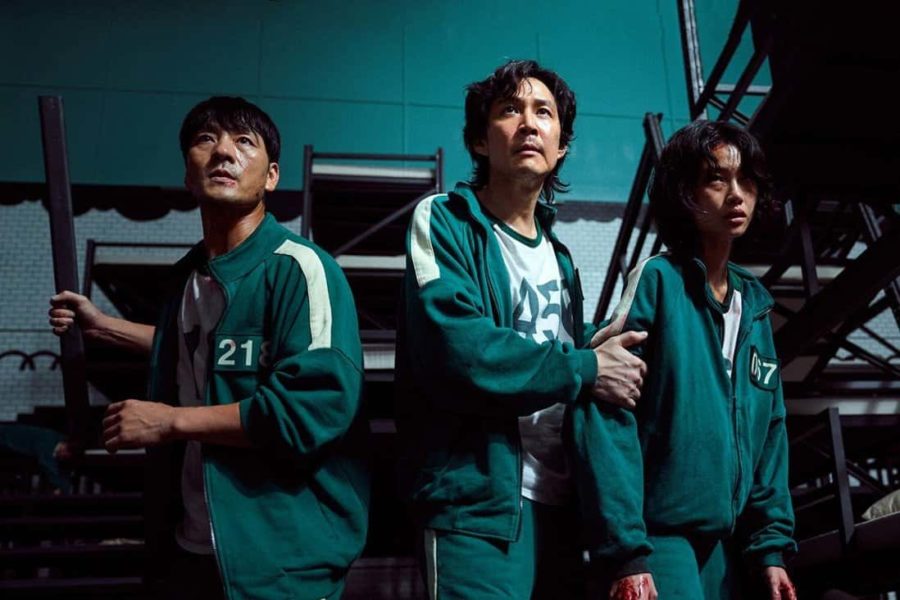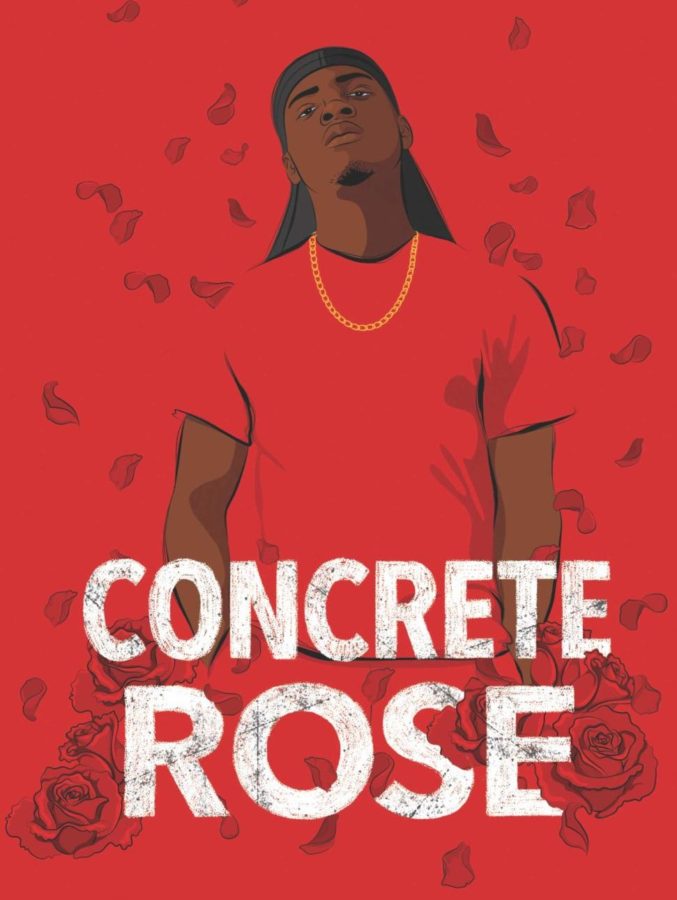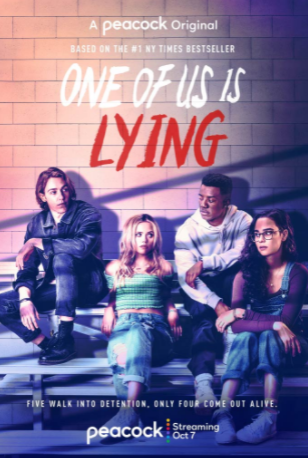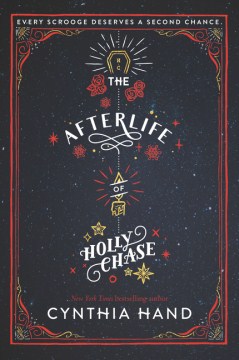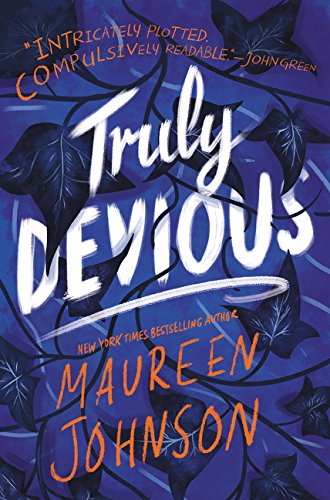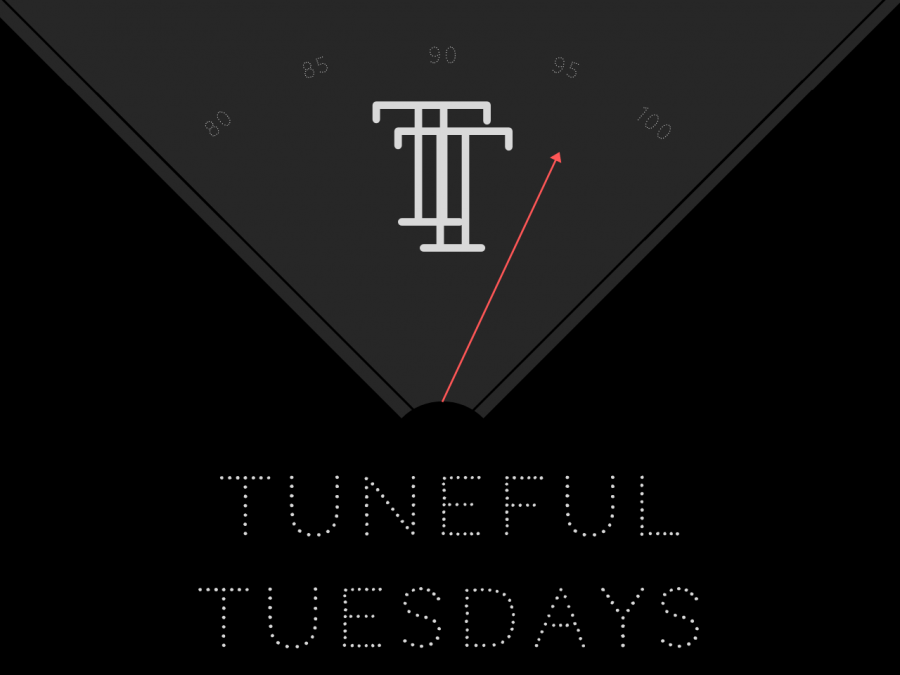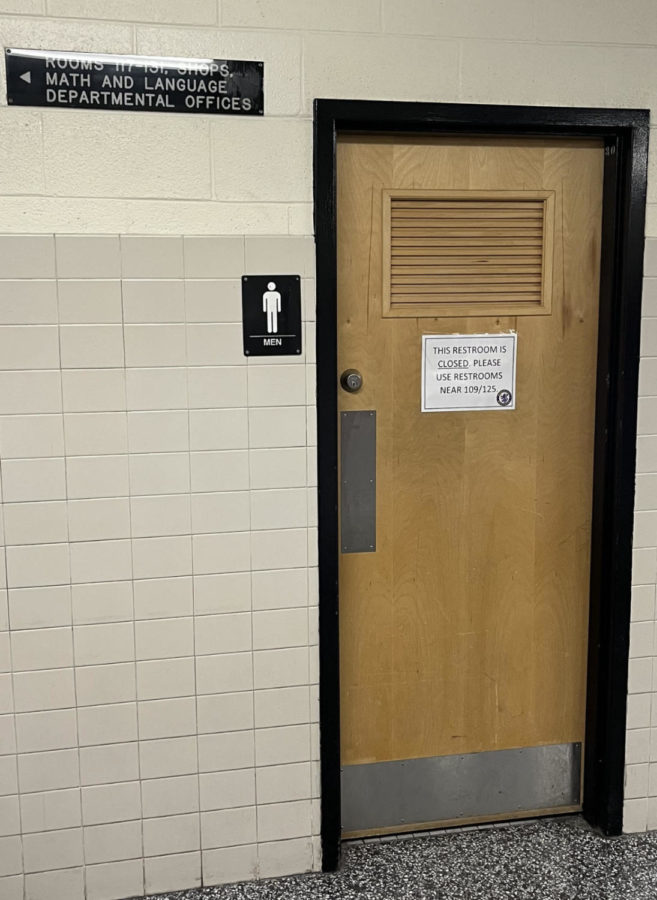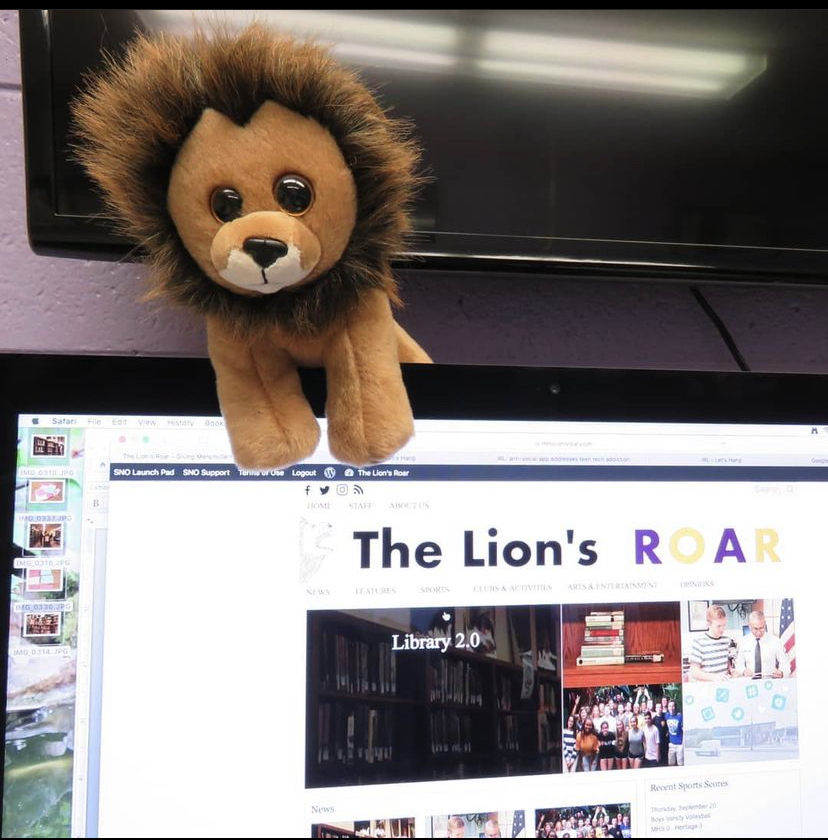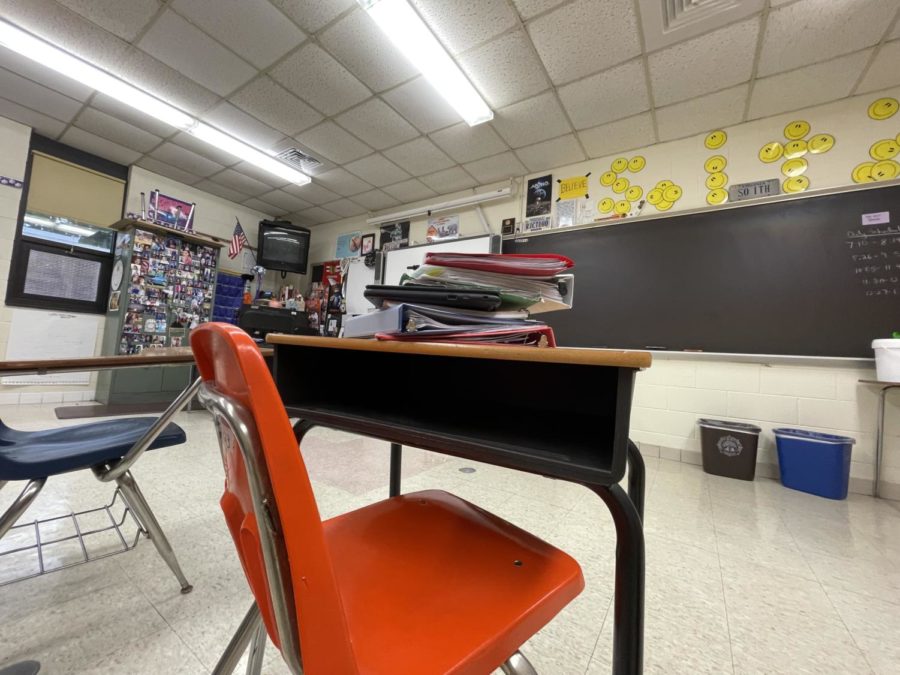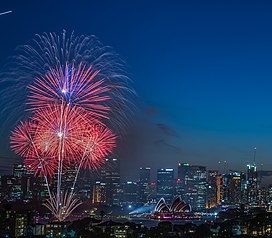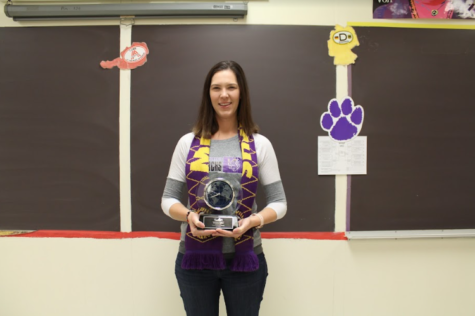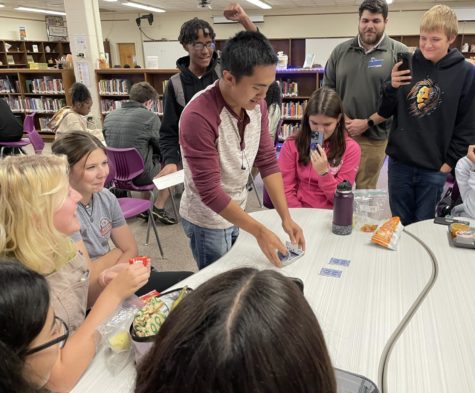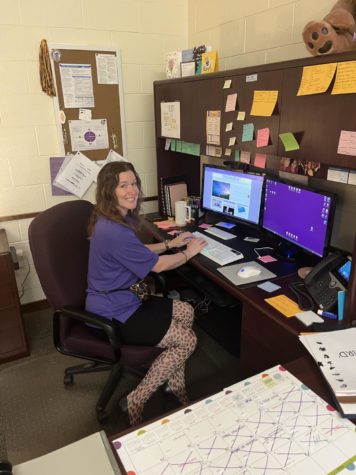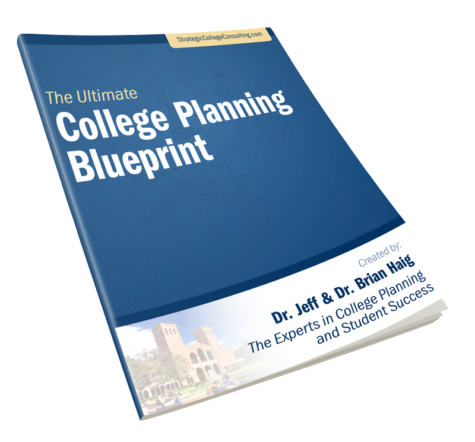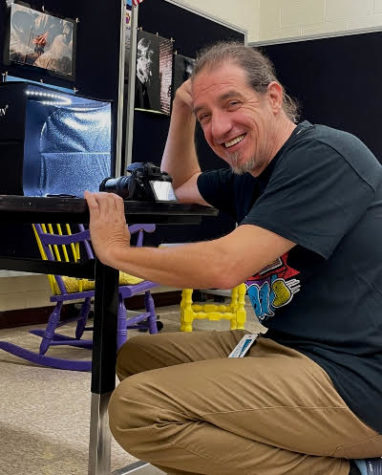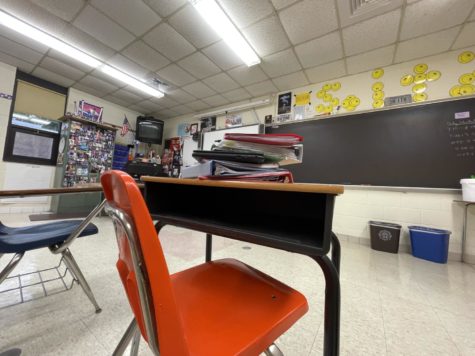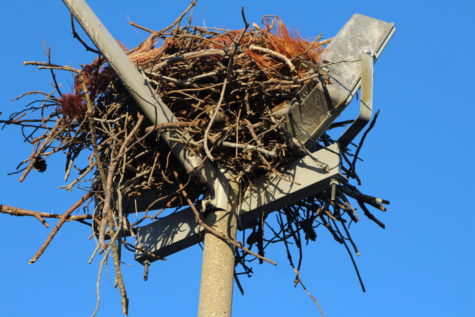History of Halloween
Discover Halloween’s origin and local haunted hang-outs to check out for Halloween!
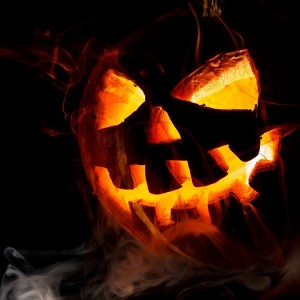
Origins of Halloween
As the days get shorter and the nights get longer, the year is steadily approaching the night of All Hallow’s Eve. Halloween’s origins date back to the Celts, who lived 2,000 years ago in the area of what is now Ireland, the UK, and northern France. The ancient Celtic festival of Samhain celebrates their New Year on November 1. This day marked the end of summer and the beginning of winter. The Celts believed that on the night before the new year, October 31, the boundary separating the living and the dead lifted, allowing the ghosts of the dead to return to earth to stir up trouble by damaging crops. In addition to the ghostly pranks, the Celts believed the presence of the ghosts made it easier for the Druids (Celtic priests) to make predictions about the future. These predictions were an important source of comfort during the winter in a world entirely dependent on the state of nature, as the year switched from the summer harvest to the dark, deathly winter. During the celebrations on Samhain, Druids built sacred bonfires, the Celts wore costumes and attempted to tell each other’s fortunes. When the celebration was over, they re-lit their (previously extinguished) hearth fires from the fire of the sacred bonfire to help protect them during the coming winter.
According to Coach Dragone in our social studies department, “By 43 A.D., the Roman Empire had conquered the majority of Celtic territory. Eventually, two Roman festivals were combined with the Celtic Samhain. The first was Feralia (in late October) to commemorate the passing of the dead. The second was a day to honor Pomona (the Roman goddess of fruit, gardens, and orchards).”
On May 13, 609 A.D., Pope Boniface IV dedicated the Pantheon in Rome in honor of all Christian martyrs and the Catholic feast of All Martyrs Day was established. Pope Gregory III expanded the festival to include saints and moved the observance from early summer to November 1 about 150 years after Pope Boniface IV established the feast. By the 800s, the influence of Christianity had spread into the Celtic lands where it mixed with the older Celtic traditions. In 1000 A.D. it was believed the church was attempting to replace the Celtic festival of Samhain with the church-sanctioned holiday of All Souls’ Day on November 2. All Souls’ Day was similar in celebration to Samhain. All Saints Day was also called All-hallows or All-hallowmas and the night before it began to be called All-hallows Eve and, eventually, Halloween.
Halloween in America
The celebration of Halloween was limited in colonial New England due to the strict Protestant beliefs. It was much more common in the southern colonies. Over time the European traditions mixed with those of the American Indians and a new version of Halloween came to be. Despite these new changes, the practices and celebrations during Halloween were not too different from the Ancient Celtic. During these celebrations, neighbors would get together to share stories of the dead, tell each other’s fortunes, dance, and sing. By the middle of the 1800s, annual Halloween festivals were common, but not celebrated all over the country.
New immigrants flooded America in the late 19th century. These new immigrants helped popularize the national celebration of Halloween. Bringing in Irish and English traditions, Americans began to dress up in costumes and go house to house asking for food and money. This practice soon evolved into today’s “trick-or-treat” tradition. These new traditions were all part of a move to turn Halloween into a holiday more involved in community than ghosts, pranks, and witchcraft. Parties focused on games, seasonal foods, and costumes while people were encouraged to remove the grotesque from celebrations. Because of these changes Halloween lost most of its superstitions and religious overtones by the beginning of the 1900s.
By the early 1900s, Halloween became a community-based holiday with parades and parties. Despite the efforts to keep Halloween a positive holiday, vandalism and harmful pranks began to rise. However by the 1950s, community leaders had successfully limited this and turned Halloween into a fun holiday directed towards the local children. Between the 1920s and the 1950s, trick-or-treating was also revived and, in theory, families could prevent tricks being played on them by providing the neighborhood kids with small treats. Hence, a new American tradition was created and today, Americans spend about $6 billion on Halloween every year, making it the country’s second largest commercial holiday, beaten only by, you guessed it, Christmas.
Local Hauntings
(http://www.hauntedplaces.org/newport-news-va/)
- The Chamberlin – Hampton
- “The Chamberlin was once a historic hotel that welcomed the likes of George Washington. However, it has been renovated and is now a senior living facility. The top floor, according to rumor, is closed because of the many apparitions that freely roam there. One story about this building tells of a fire here at one time, which claimed the life of a teenage girl. She had been looking for her father, not realizing that he had already gotten safely out. Her ghost has been spotted near where she passed away on the seventh floor, banging on the walls or peering out the windows.”
- Fort Monroe – Hampton
- “The official Fort Monroe was completed in 1834, although the spot has housed some sort of headquarters or fortification since the early 1600s. Witnesses claim that the site is haunted by the ghost of Abraham Lincoln, as well as that of Jefferson Davis, who was imprisoned here after being falsely accused of plotting President Lincoln’s assassination. The ghost walks the ramparts at night, and Davis’ wife’s presence is signified by a vibrating window. Electronic voice phenomena also was captured of a little girl calling for her cat, Greta in an area now used as office space, and in fact, workers there have seen a phantom gray cat disappear around corners. Also witnessed at the fort are disembodied voices, horse-hoof sounds, photos that show orbs, knocking, and the apparition of an arrogant-looking man standing by the dining room fireplace in mid-18th-century garb. A ghostly White Lady is thought to have been the wife of a captain who shot her after she had an affair. She appears on the boardwalk and in a spot known as Ghost Alley. At the nearby Chamberlin Hotel you may find Esmeralda, a ship captain’s daughter seen on the eighth floor, waiting for her father to come home, as well as a ghostly man in a top hat who appears on the porch and is believed to be Edgar Allan Poe, believed to have visited here about a month before he died and recited poems to a young woman on this very porch. Poe served as a sergeant major of the artillery at Fort Monroe, but after being commissioned he decided he no longer wanted to be in the Army and began to show up on the parade field wearing nothing but his hat.”
- Smithfield Station – Smithfield
- “Smithfield Station is a restaurant frequented not only by the living. Witnesses say the apparition of a man can be seen sitting at the bar late at night when the place is closed. Some say he’s the spirit of a man who long ago left the bar and drowned in the river out back.”
- Page House Inn – Norfolk
- The Glencoe Inn – Portsmouth
- “This 1890 Victorian inn, originally built as a home for a family of Scottish immigrants, is said to be haunted by one of its old residents. The apparition of an elderly lady is seen looking over her beloved roses in the establishment’s Rose Garden.”
- Gaffes House – Portsmouth
- “This late eighteenth century house is now a private residence, but the house is believed to be home to a single apparition. Visitors to the house have reported various sightings of the apparition of a sea captain on the stairs and in the attic of the house. People have heard doors opening and slamming shut, and heard loud footsteps on the stairs when there is no one around.”
- Boxwood Inn – Newport News
- “Built as a 21-room private home in 1896, this inn is believed to be haunted by the helpful spirit of Nannie Curtis, wife of the home’s original owner. She apparently likes the current owners who saved the building from demolishment and restored it to its original elegance. When the new owner broke a fingernail and said out loud that she needed an emery board, the ghost provided one right away — sitting in plain sight, a new, clean nail file in a house thick with dust. The owner jokingly told the ghost, “Thank you. Now I’d like $100!” Shortly after that, she felt something stuck to her shoe and retrieved a gold tooth, which she sold to a pawnshop for $100. Nannie is said to be a happy ghost that bathes the inn in a perpetual good spirit. No pun intended!”
- Adam Thoroughgood House – Virginia Beach
- “Employees at this circa-1719 house museum have seen the apparition of a woman in Colonial-period clothing. The red-haired woman has been seen in various places on the premises wearing different Colonial dresses.”
- Ferry Plantation House – Virginia Beach
- “This colonial and plantation era house is said to be home to 11 ghosts, including Henry, a former slave; Sally Rebecca Walke, who mourns the loss of her soldier lover; former resident and painter Thomas Williamson; a Lady in White who is said to have fallen down the stairs in 1826; and victims of an 1810 shipwreck at the ferry landing. Visitors here have reported apparitions, unexplained sounds, and other paranormal phenomena. Ghost tours are available.”
- Carter’s Grove Plantation – Williamsburg
- “Carter’s Grove Plantation is private property now and no trespassing is permited. It was built in 1755 for Carter Burwell, grandson of Robert “King” Carter on the site of Martin’s Hundred, a tract first settled by English colonists around 1620. The settlement was eradicated in the Indian Massacre of 1622. An apparition of a slave in ragged clothing has been seen walking on the grounds, thought to be Jim, who walked 8 miles here to see his family every week, then died broken-hearted to one day learn they had been sold. Another legend explains the mysterious way flower pieces are found on the floor near bouquets placed in the refusal room. So the story goes, both Thomas Jefferson and George Washington proposed marriage here and were turned down. Apparently one of the ladies regrets her refusal and tears up flowers left in the room, especially white carnations. Witnesses also say footsteps and a phantom harp can be heard.”
Nearby Haunts For the Daredevils
- Howl-O-Scream at Busch Gardens, Williamsburg, VA: “Hair-raising scares, sinister shows and gruesome creatures that stalk around the park are the center of attraction in Busch Gardens’ celebration of the macabre. Visit Howl-O-Scream!”
- http://seaworldparks.com/en/buschgardens-williamsburg/howloscream/
- The Asylum (Hampton Roads, VA): “The Asylum Extreme is a haunted attraction walk through with an extreme portion for those who dare. One for families and rated ALL AGES, then the extreme attraction “Hell-th Clinic” where you expereince what it is like to be an actual patient.”
- Creepy Hollow Scream Park (Glen Allen, VA): “Creepy Hollow Scream Park is Richmond’s Ultimate Halloween destination, with more monsters, more frights and more fun! Join us for Richmond’s legendary Creepy Hollow Hayride and dare to venture into Scream Forest, the most intense haunt in Virginia!”
- http://www.richmondscreams.com
- Frightmare (Hampton Roads, VA): “Frightmare is a fiercely intense and graphic haunt. Coming in October to Hampton Roads, Virginia. Disturbing scenes of gore, carnage, and horrific mayhem!”
- http://www.visitchesapeake.com/events/?action=displayDetail&eventId=1527
- Haunted Hunt Club Farm (Virginia Beach, VA): “Haunted Hunt Club Farm’s 25th Annual Haunted Halloween Festival, featuring The Village of the Dead, Field of Screams & Hampton Roads’ Best Haunted Hayride!”
- http://www.hauntedhuntclubfarm.com
- Haunted Temple (Norfolk, VA): “Enter, if you dare, the Haunted Temple, a haunted attraction located in Norfolk, VA. The ultimate scare adventure, where you must escape the Curse of the Temple. But along the way you face your worst fears from the Nightmare World: demonic spirits, a zombie infestation, and even carniverous clowns who gleefully await you in Maniac Maze in 3D!”
- http://www.norfolkmasonictemple.com/special-event.html
- Nightmare Mansion (Virginia Beach, VA): “‘You Will Scream’ Nightmare Mansion is a “bone chilling experience” haunted attraction on the resort strip of Virginia Beach.”
- http://www.youwillscream.com
- http://youwillscream.com/main.html
- Pungo Haunted Hollow (Hampton Roads, VA): “The demented minds that brought you the Norfolk Botanical Gardens Haunted Forest (1990-2002) and the Blair Halloween Project (2003-2006) have returned! Cedar Hall Farms in Pungo, Virginia Beach is hosting our next incarnation of terror, the Pungo Haunted Hollow.”
- http://www.pungohauntedhollow.com
- Zombie Contagion (Hampton, VA): “Peninsula Jaycees Proudly Present Zombie Contagion Haunted House. The Peninsula Jaycees provide members a chance to enrich their lives and others with leadership training through community service, and project planning.”
- http://www.zombiecontagionva.com
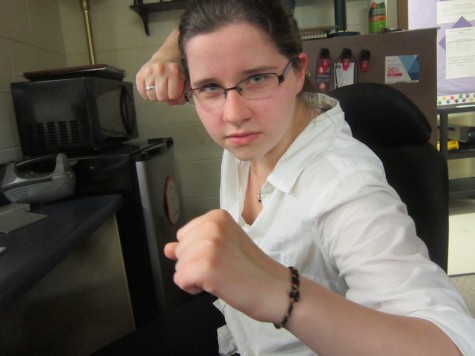
Committed to graduate in 2016, Amanda Mathis is also the co-captain of logistics on Menchville’s robotics team, Triple Helix, and a member of the National...

